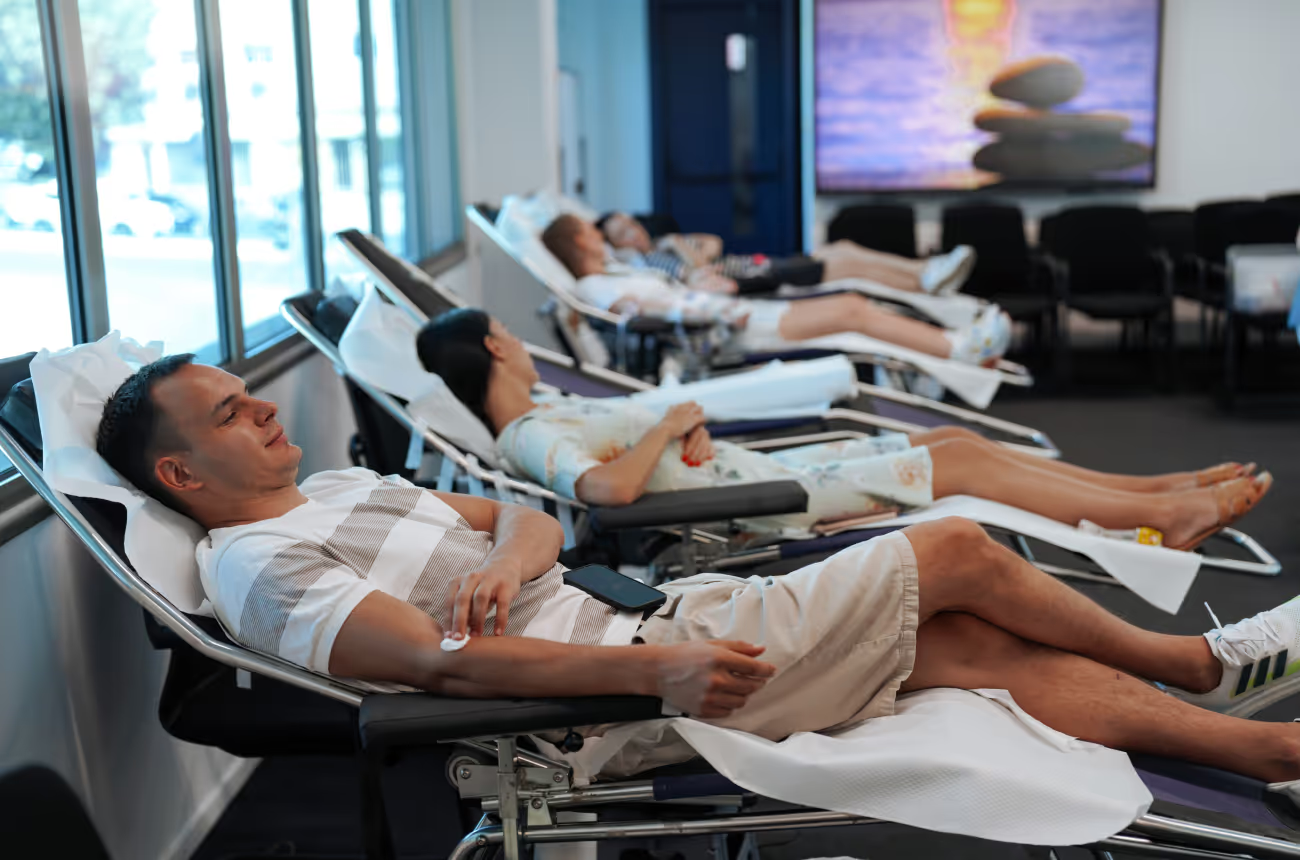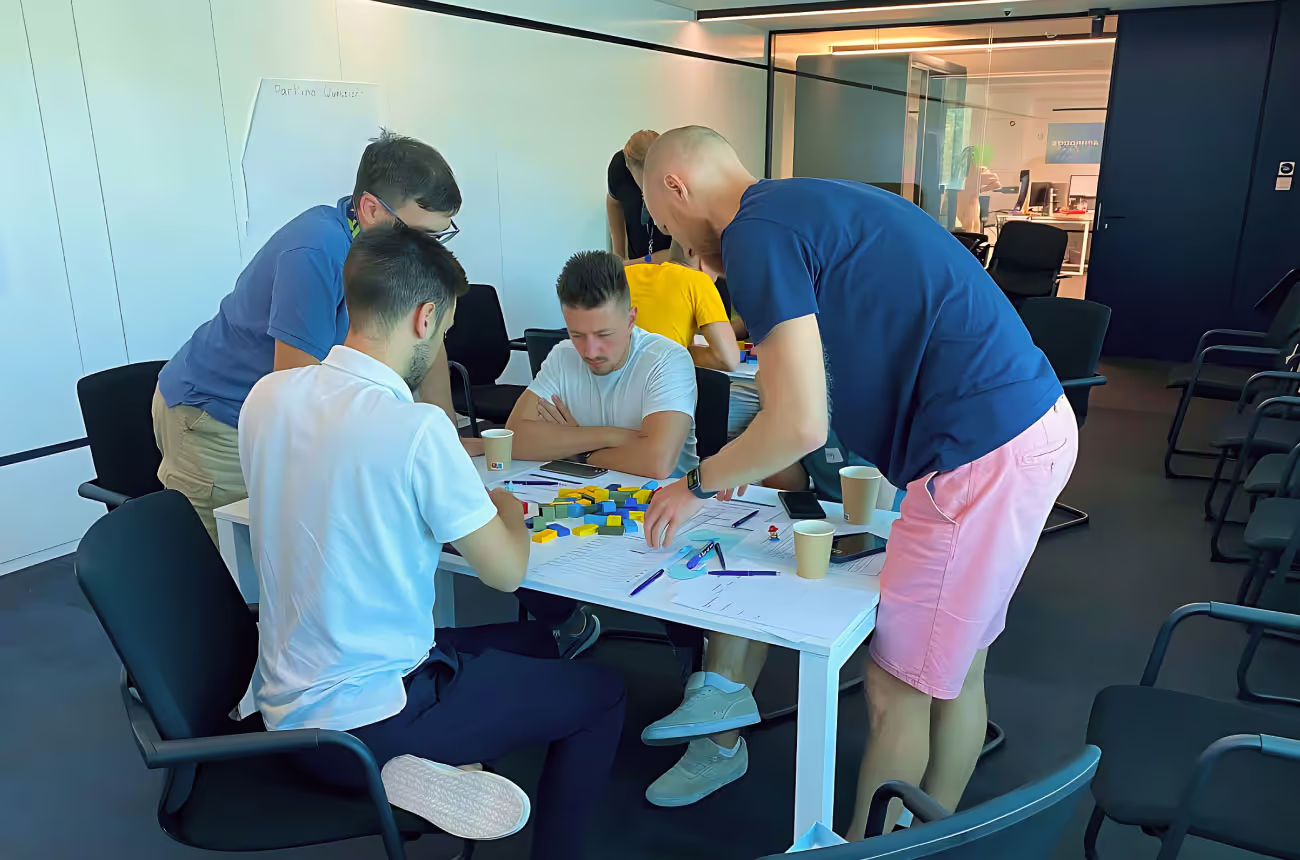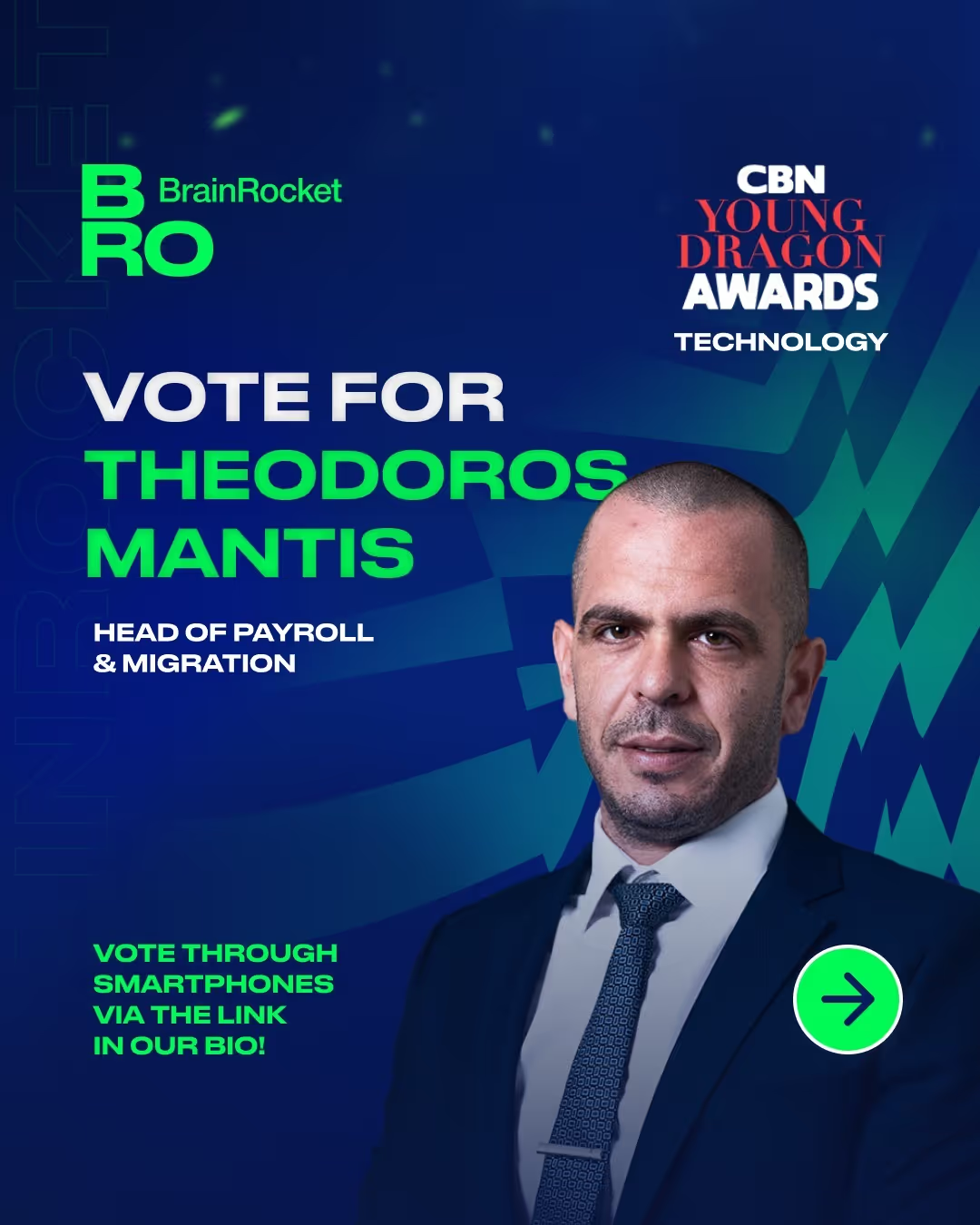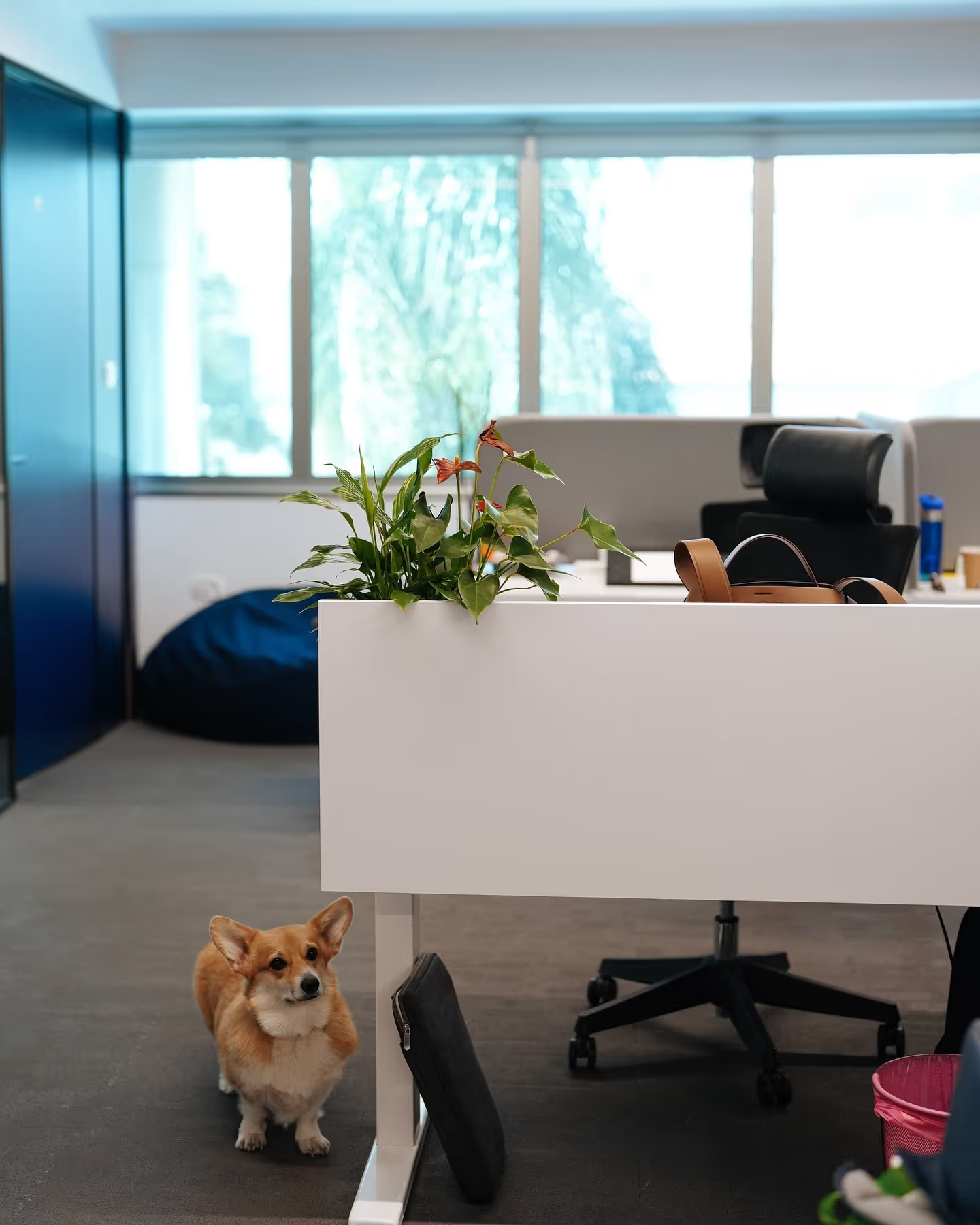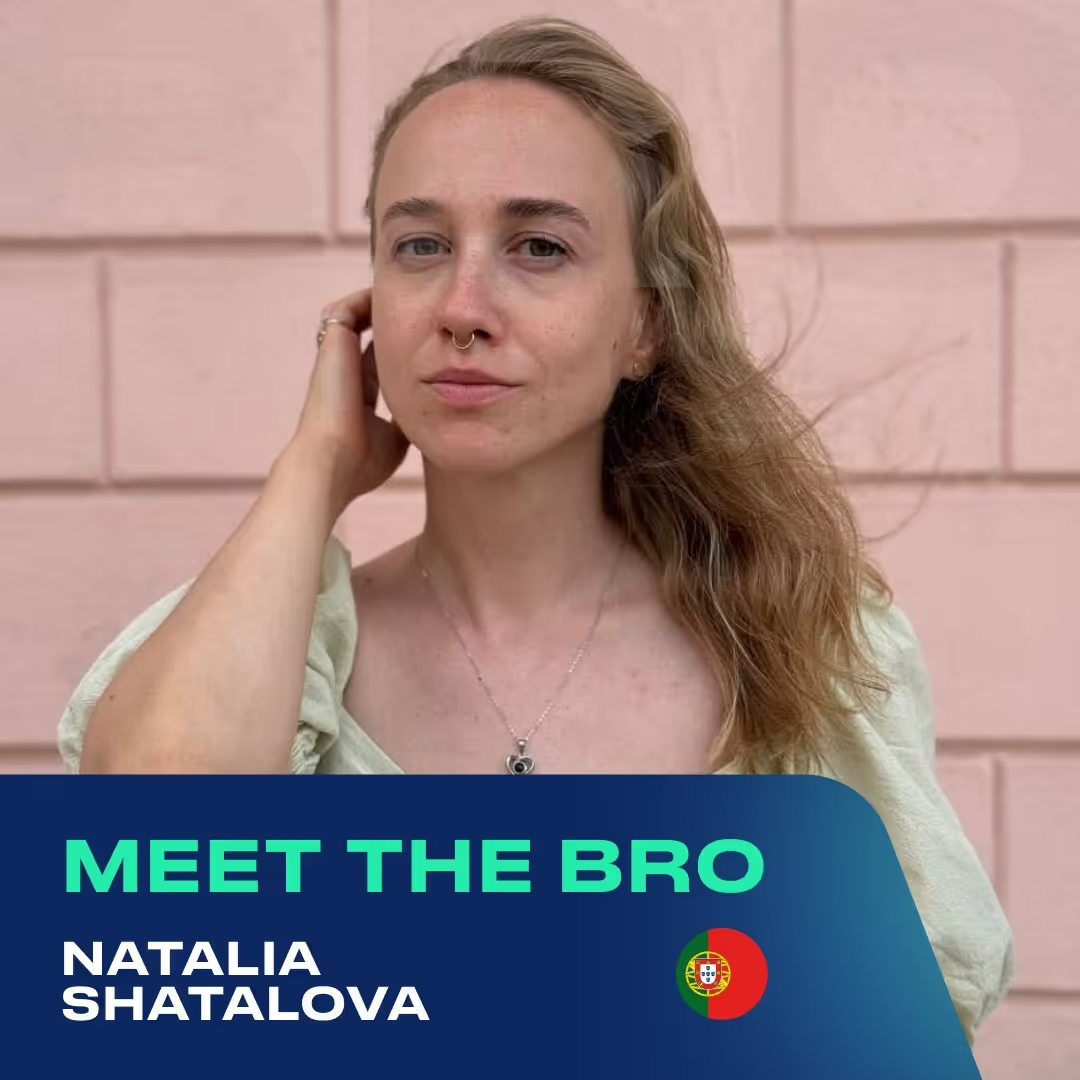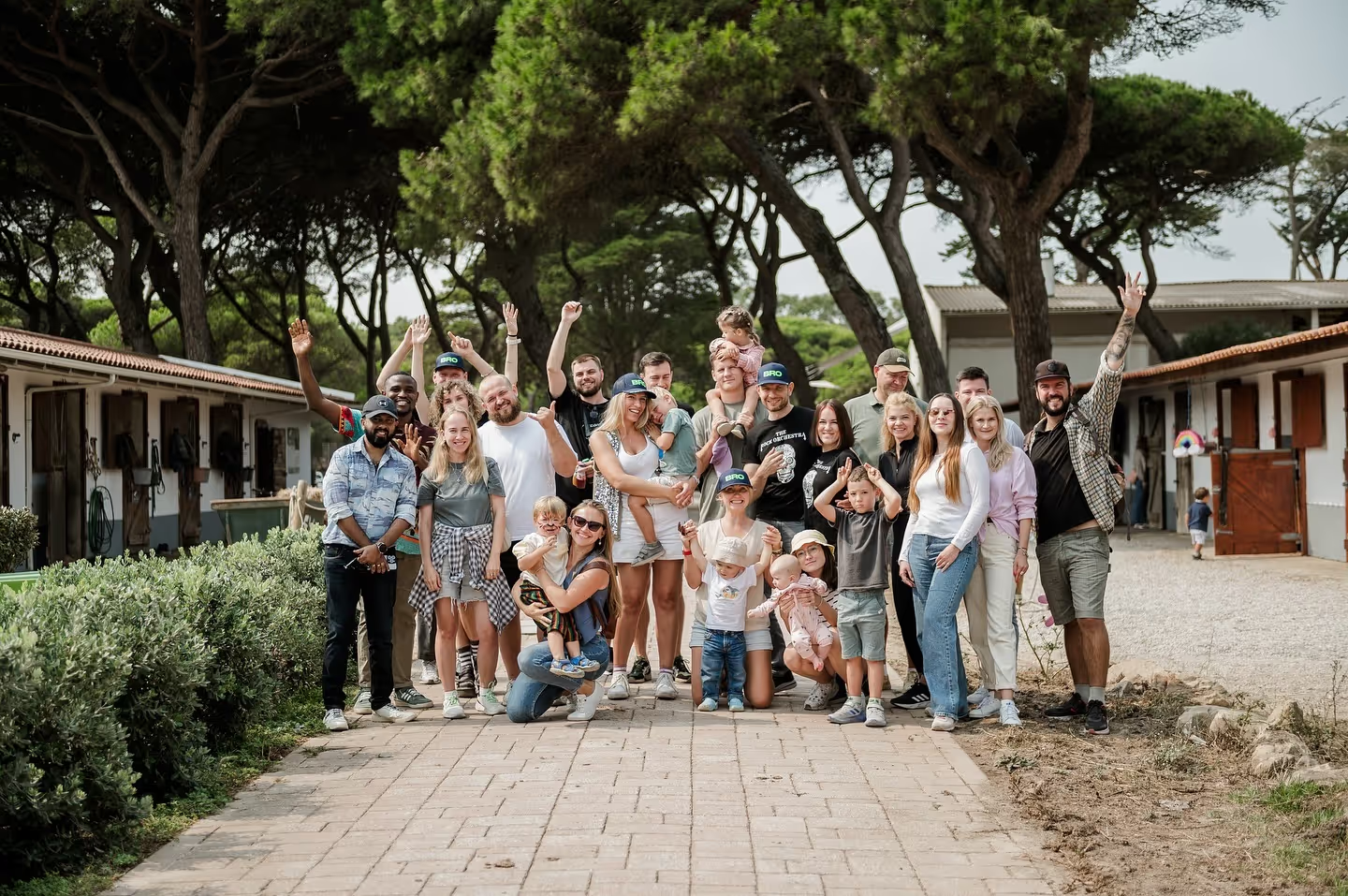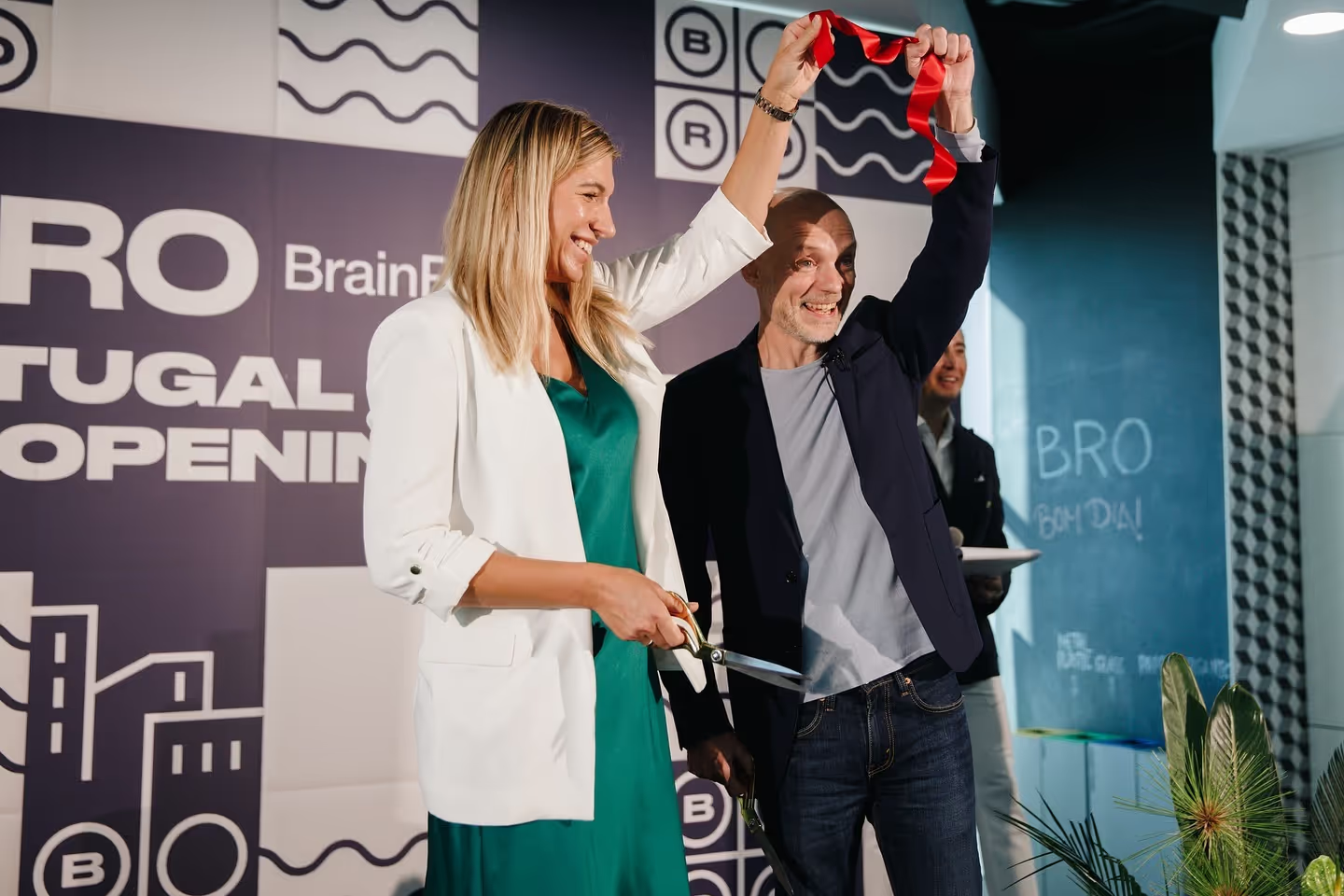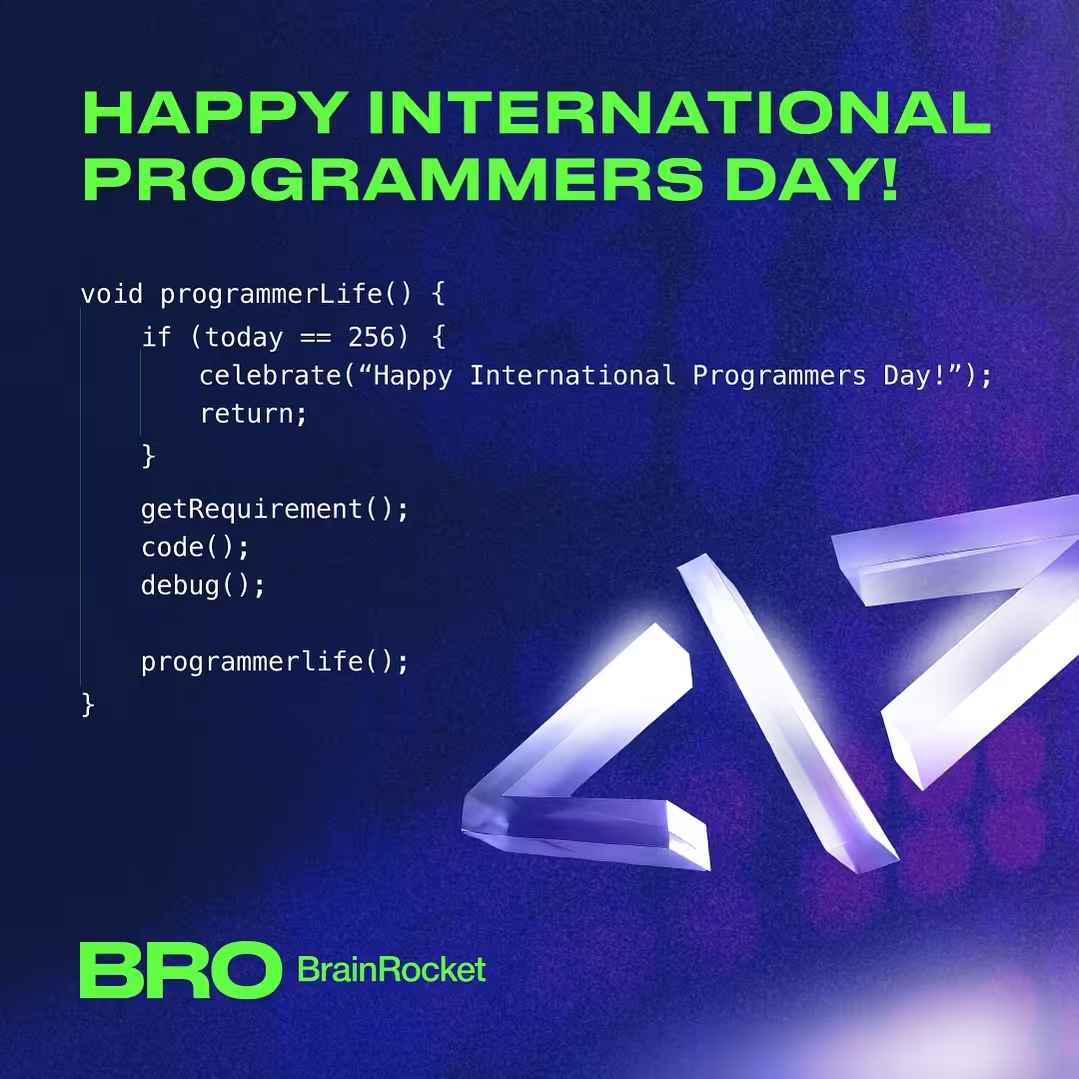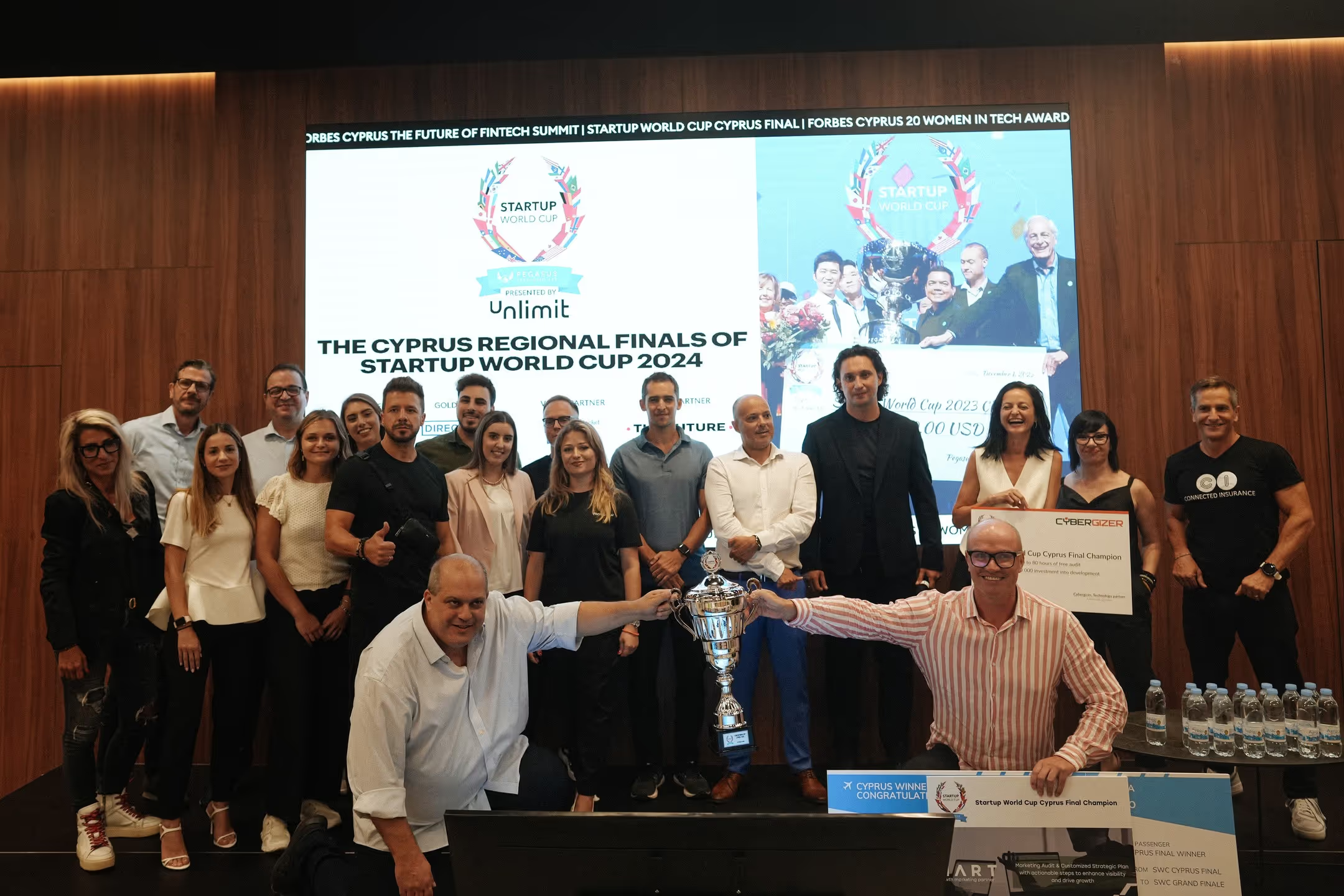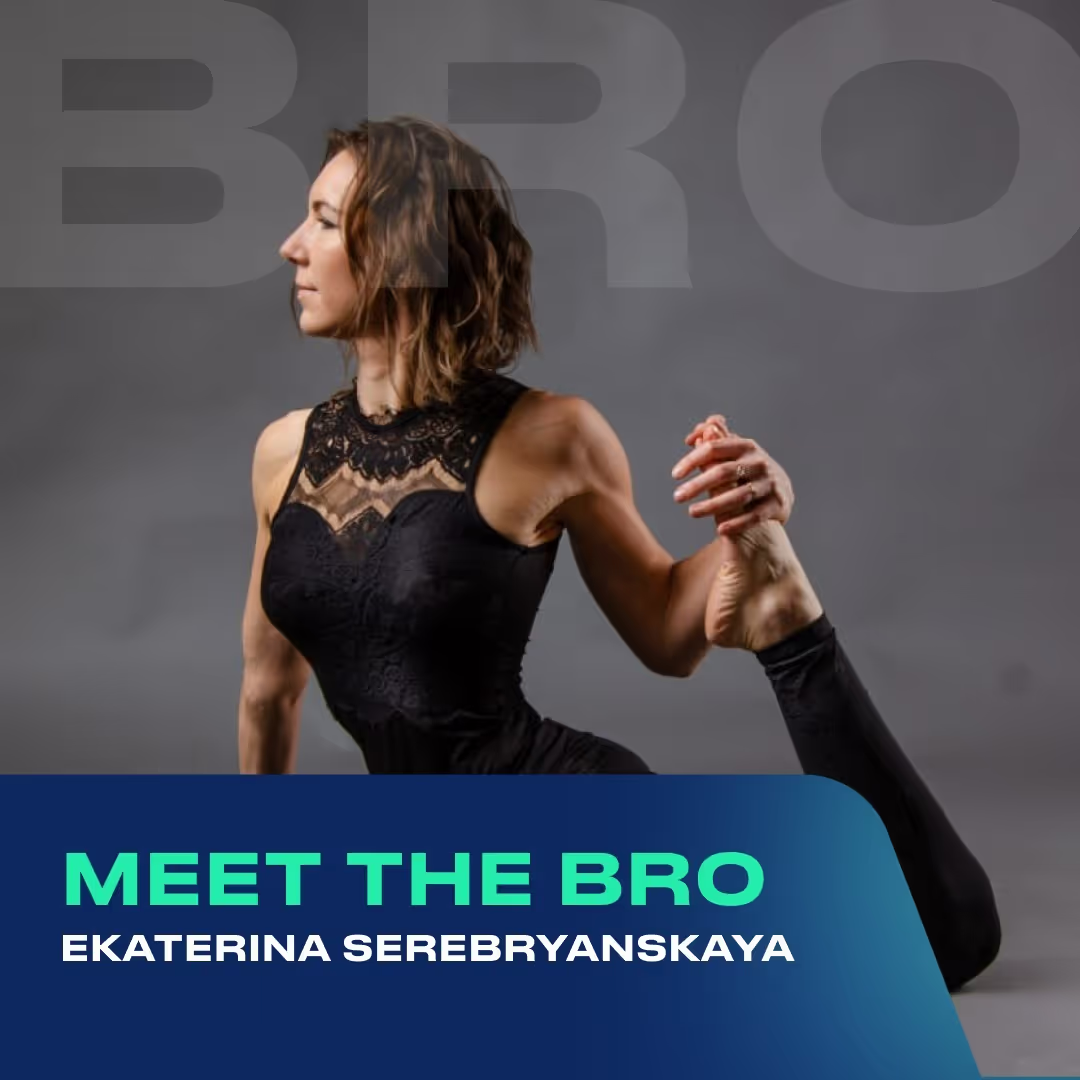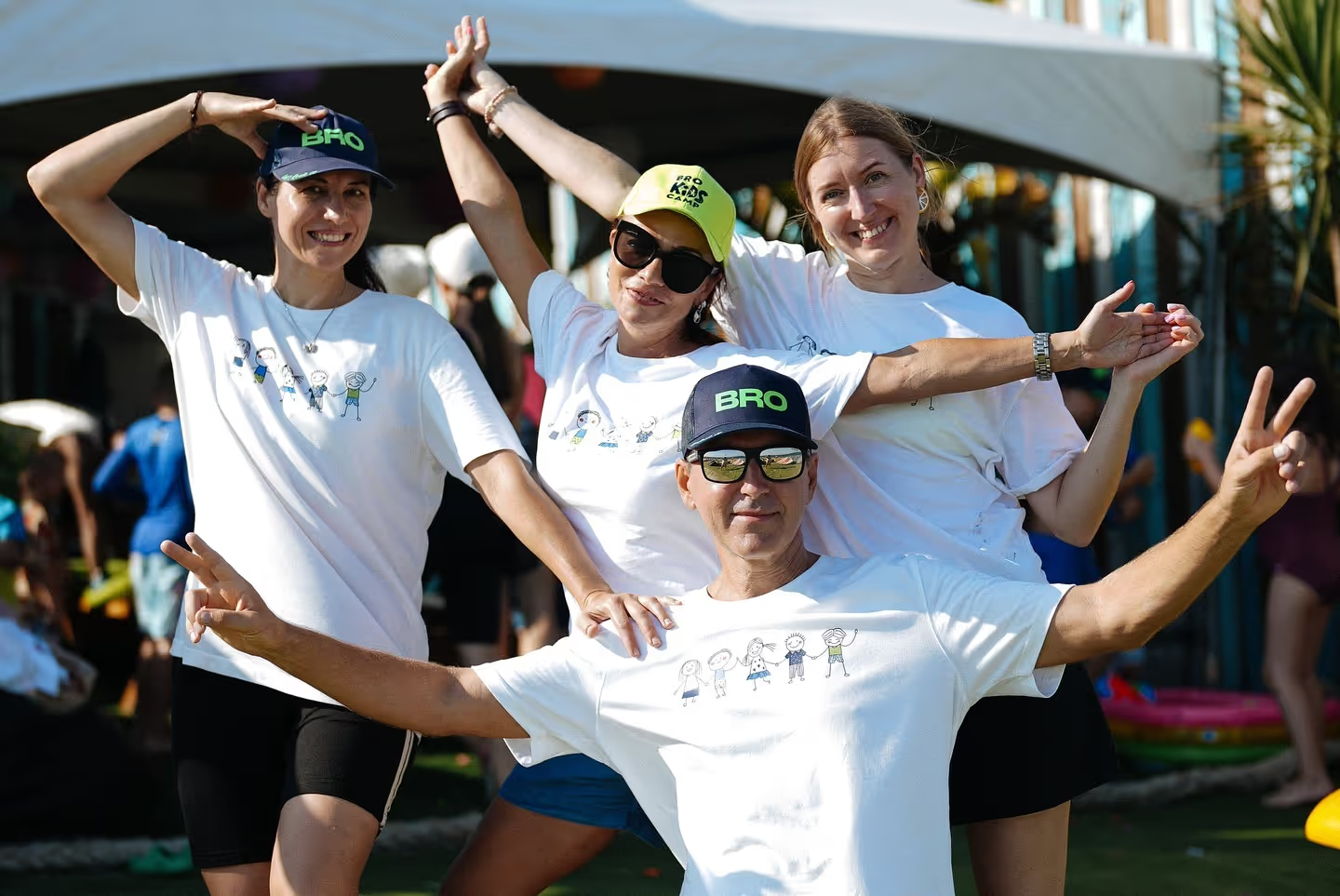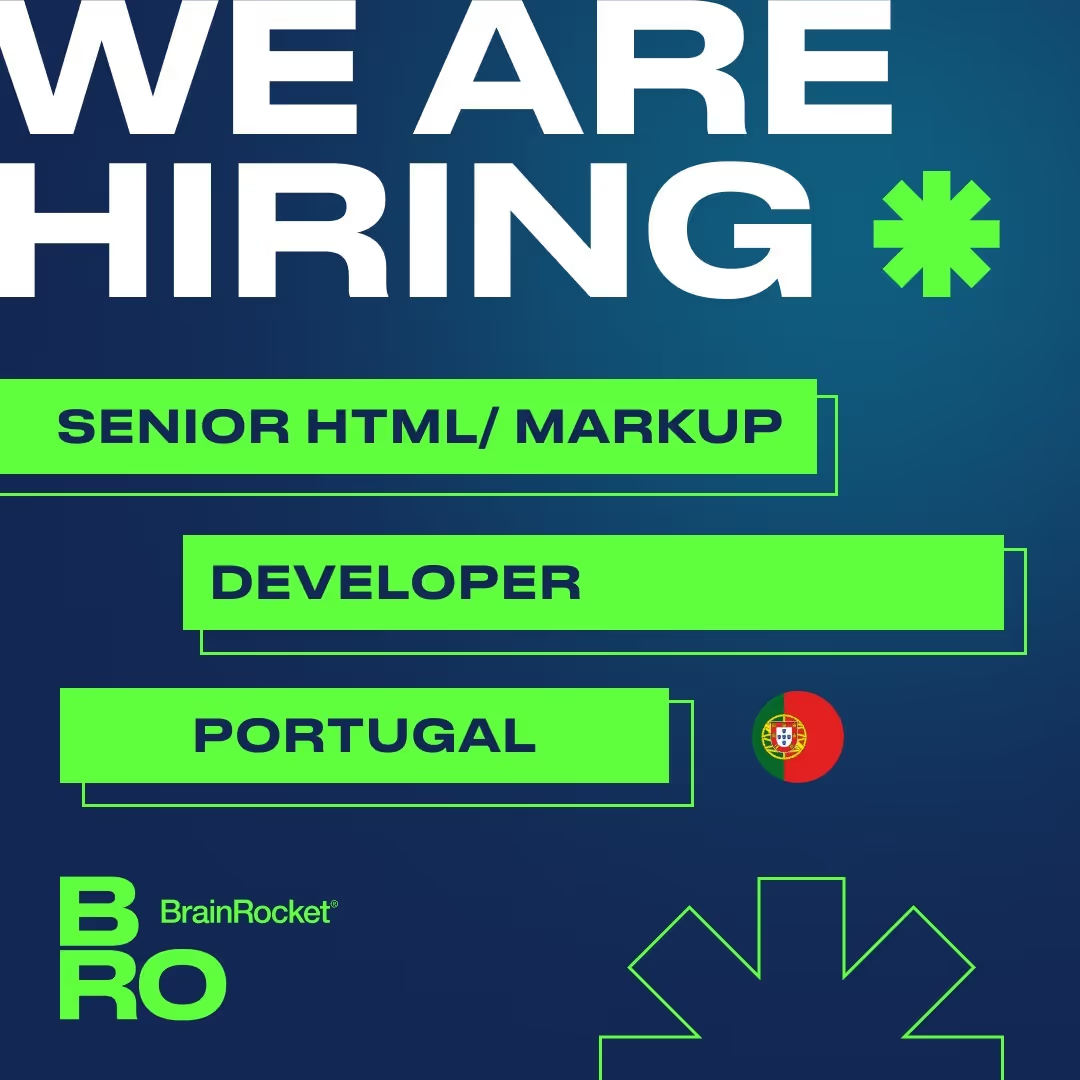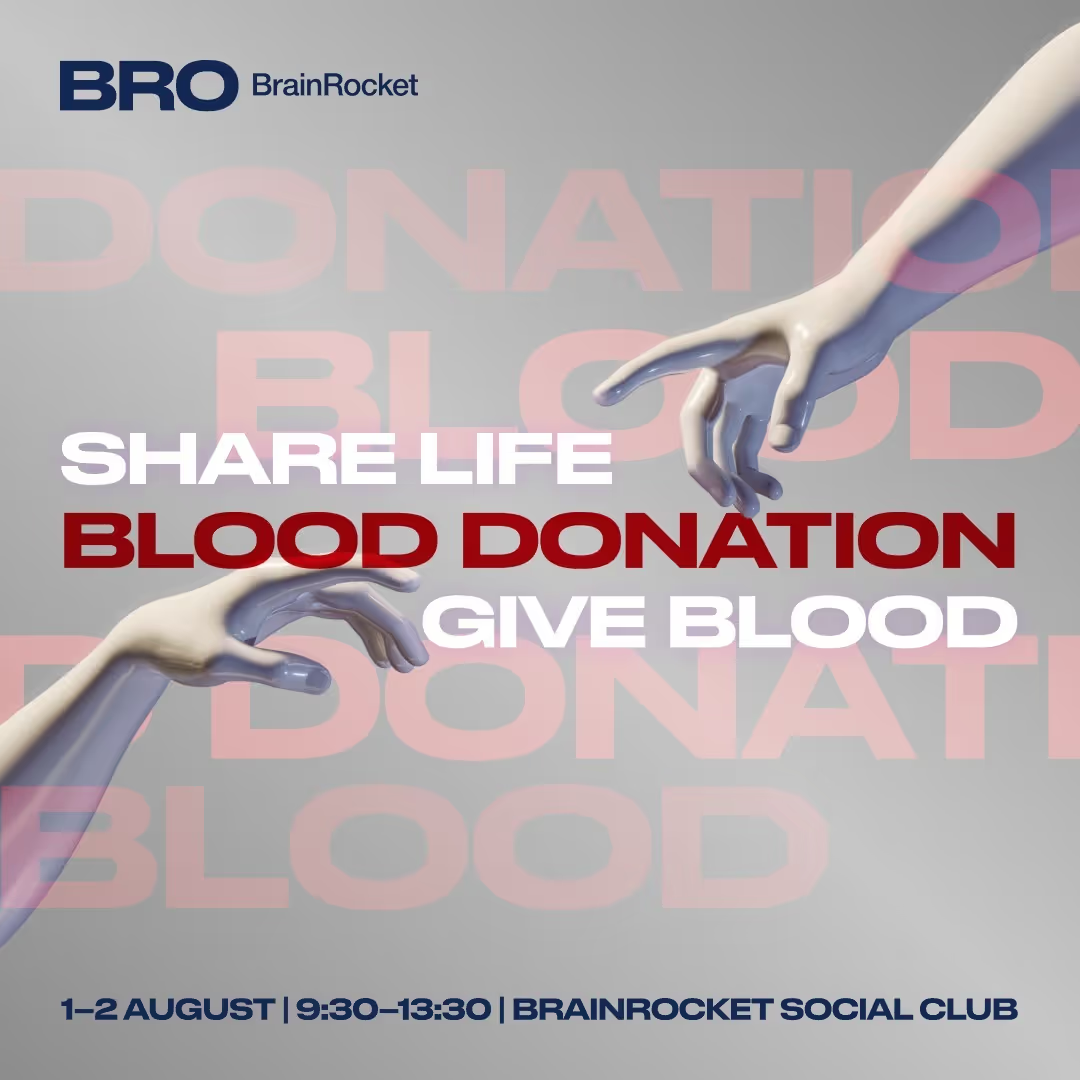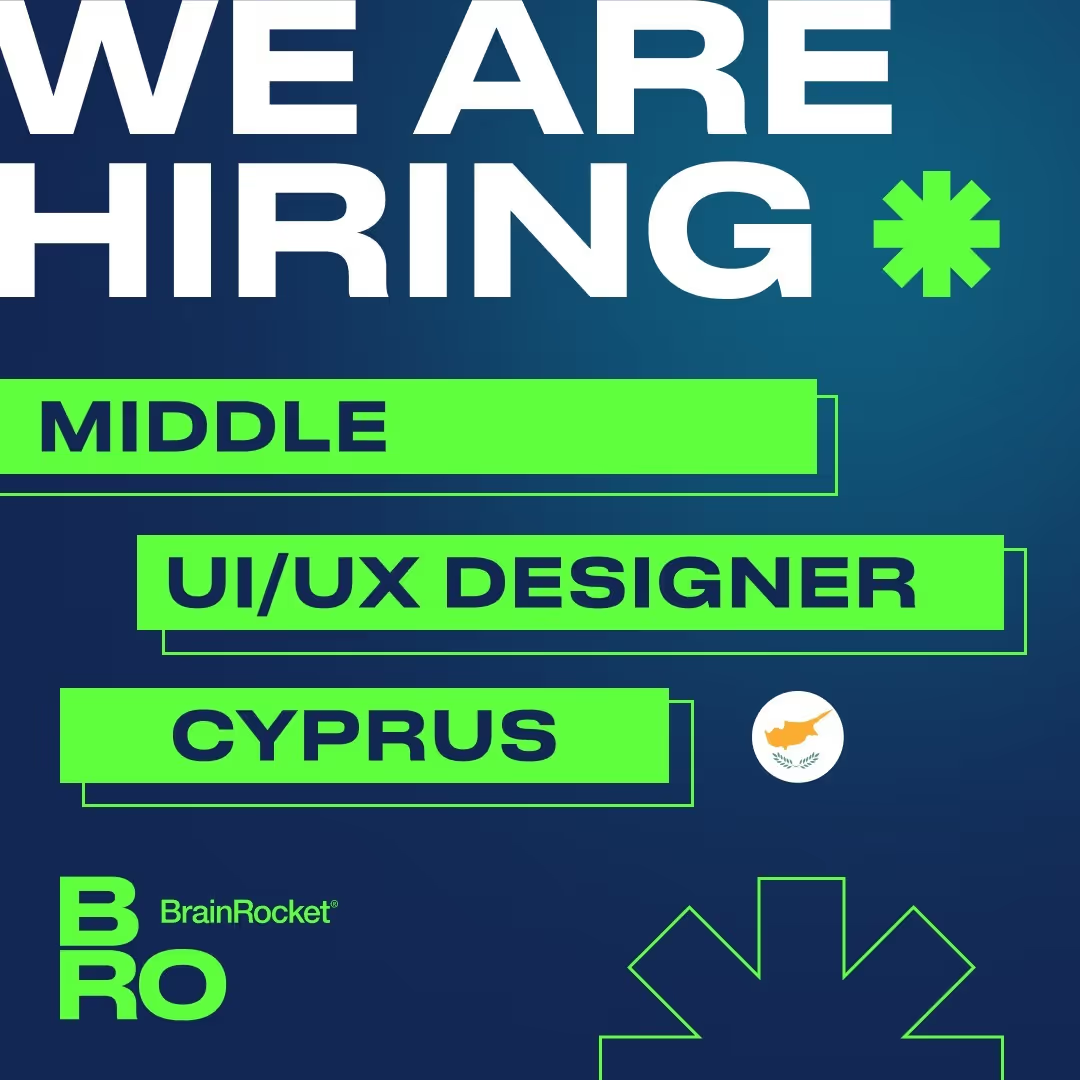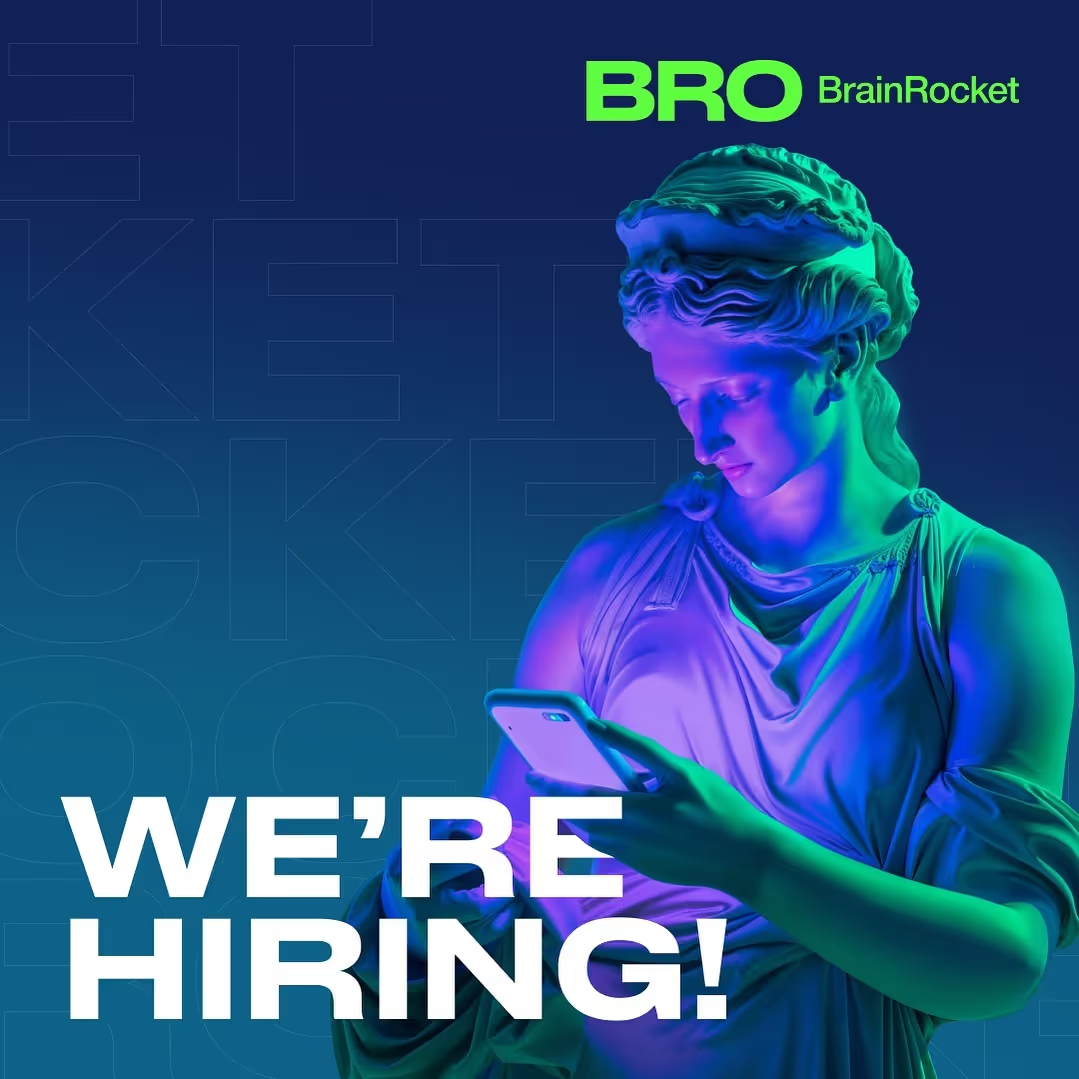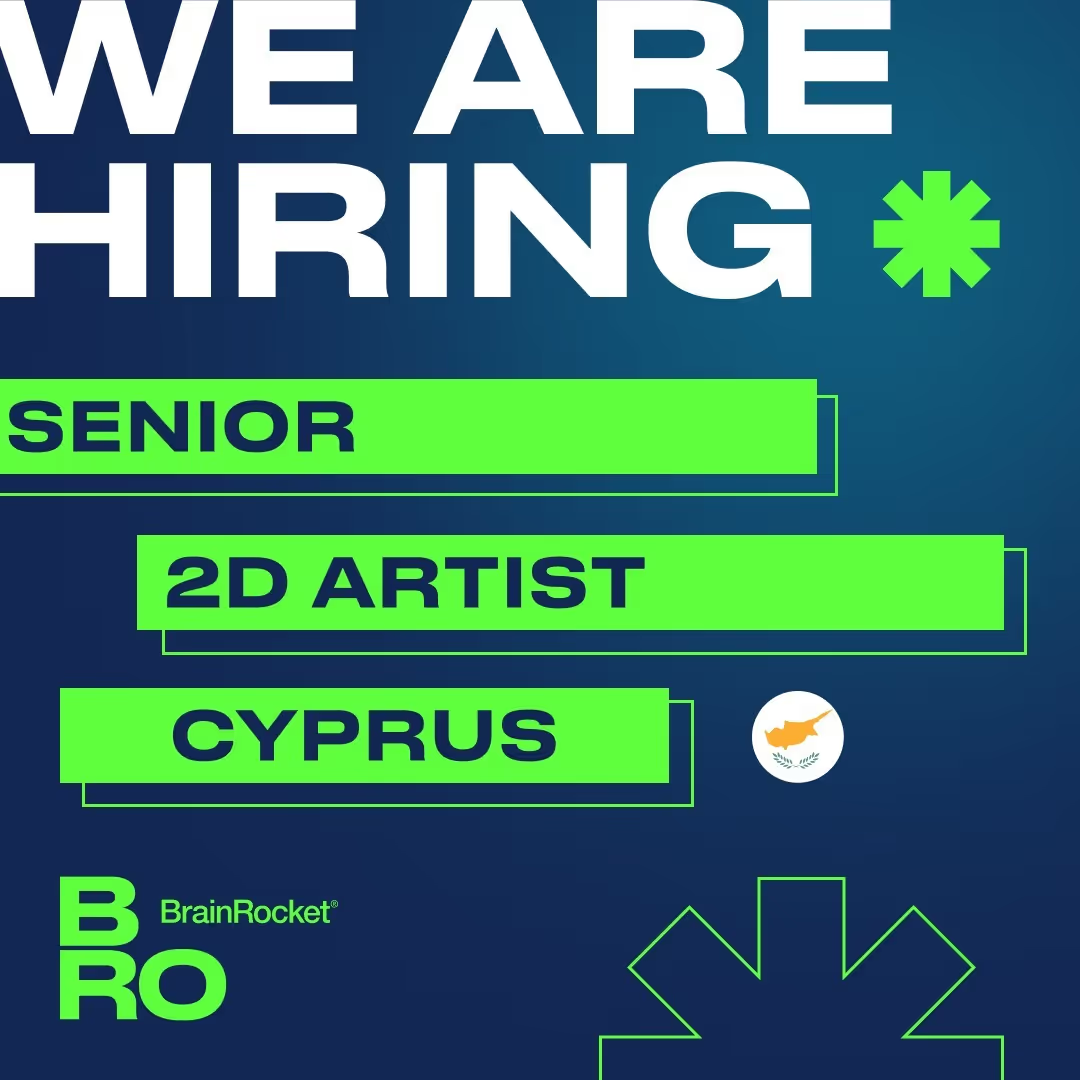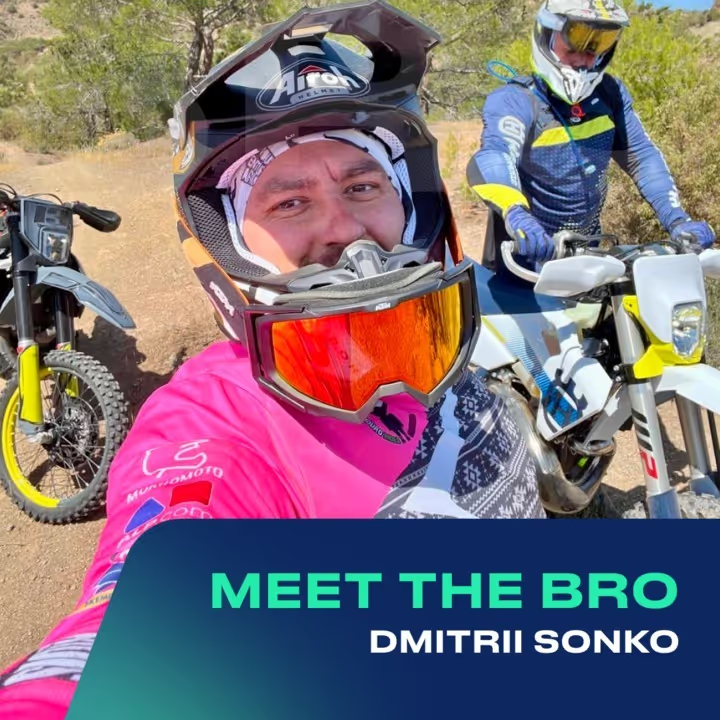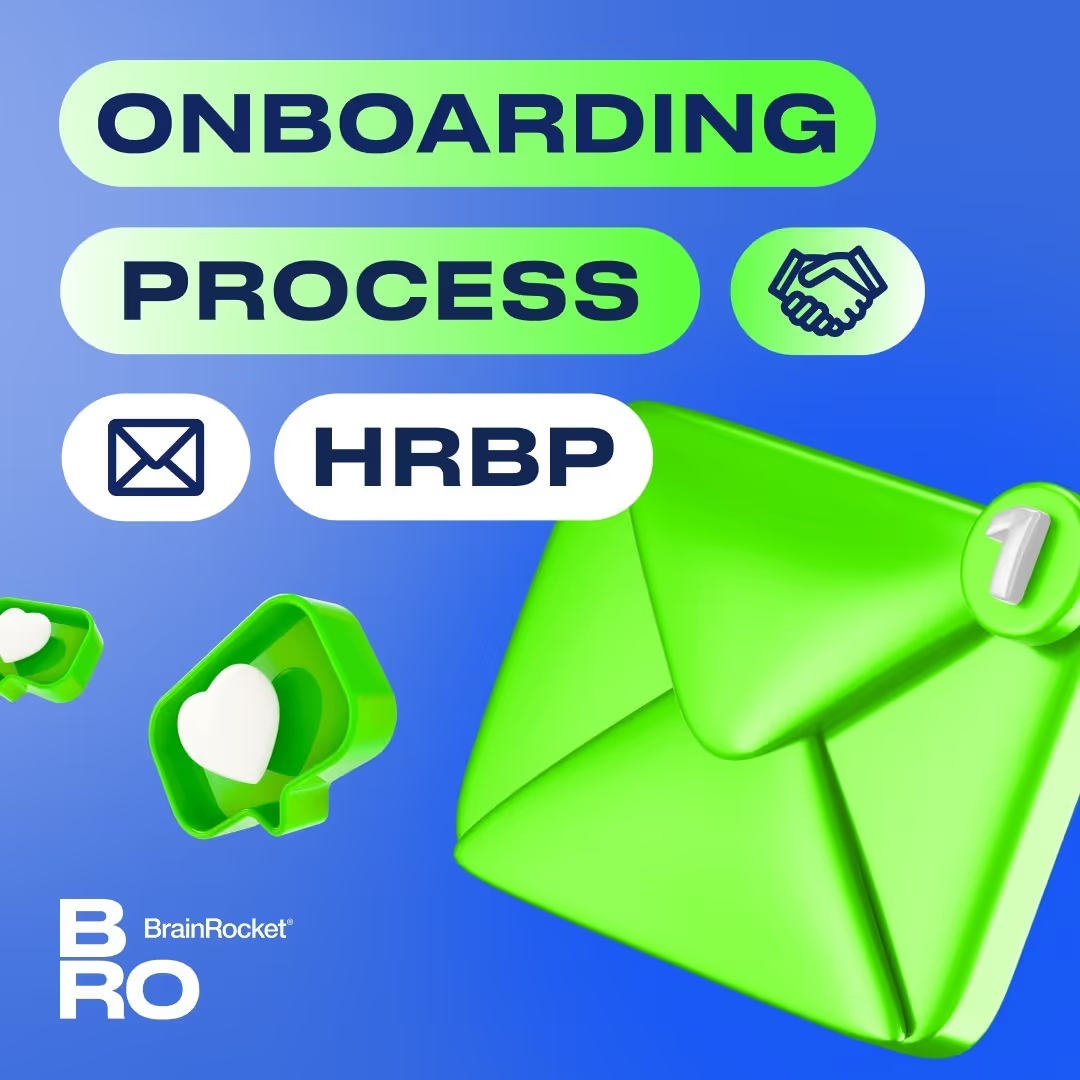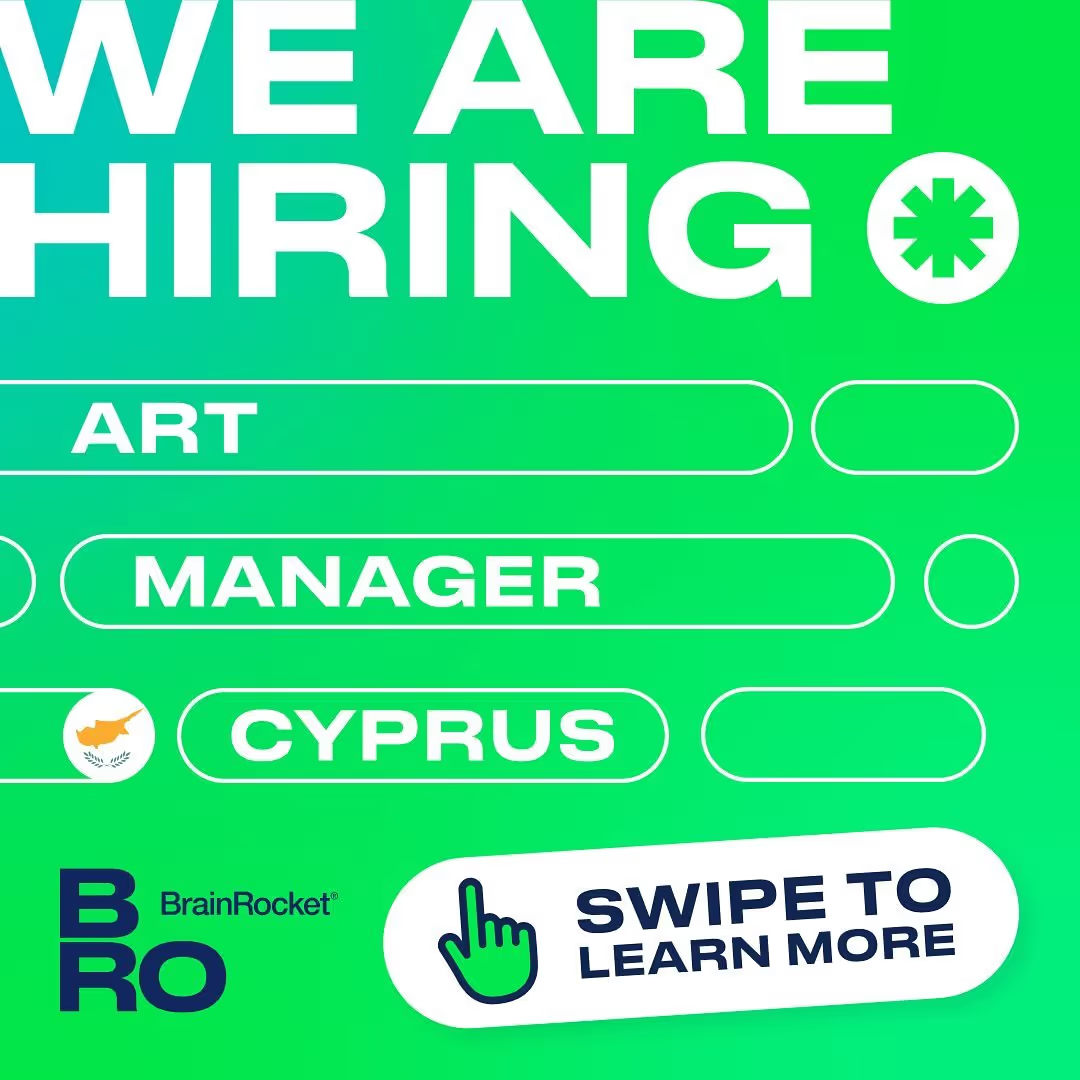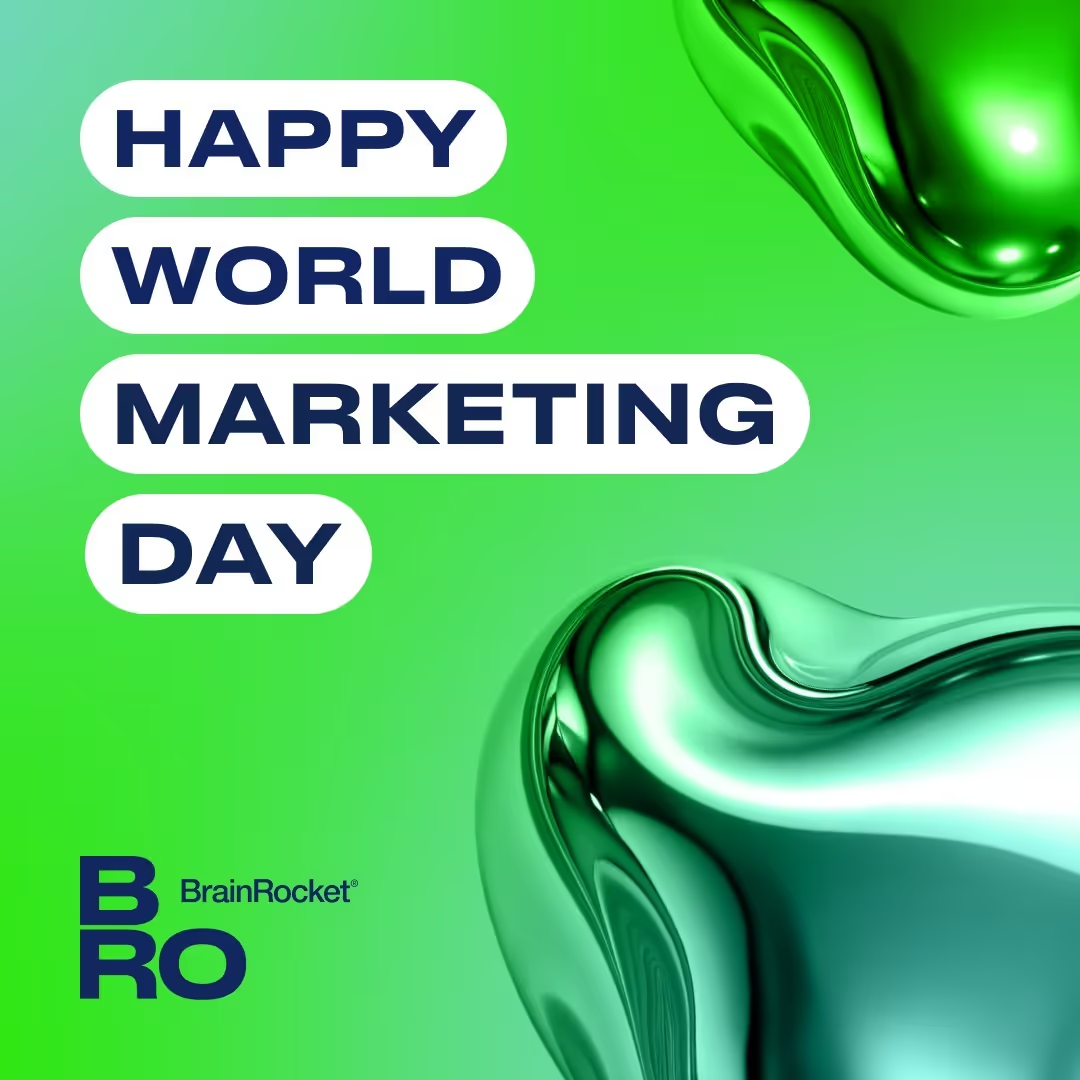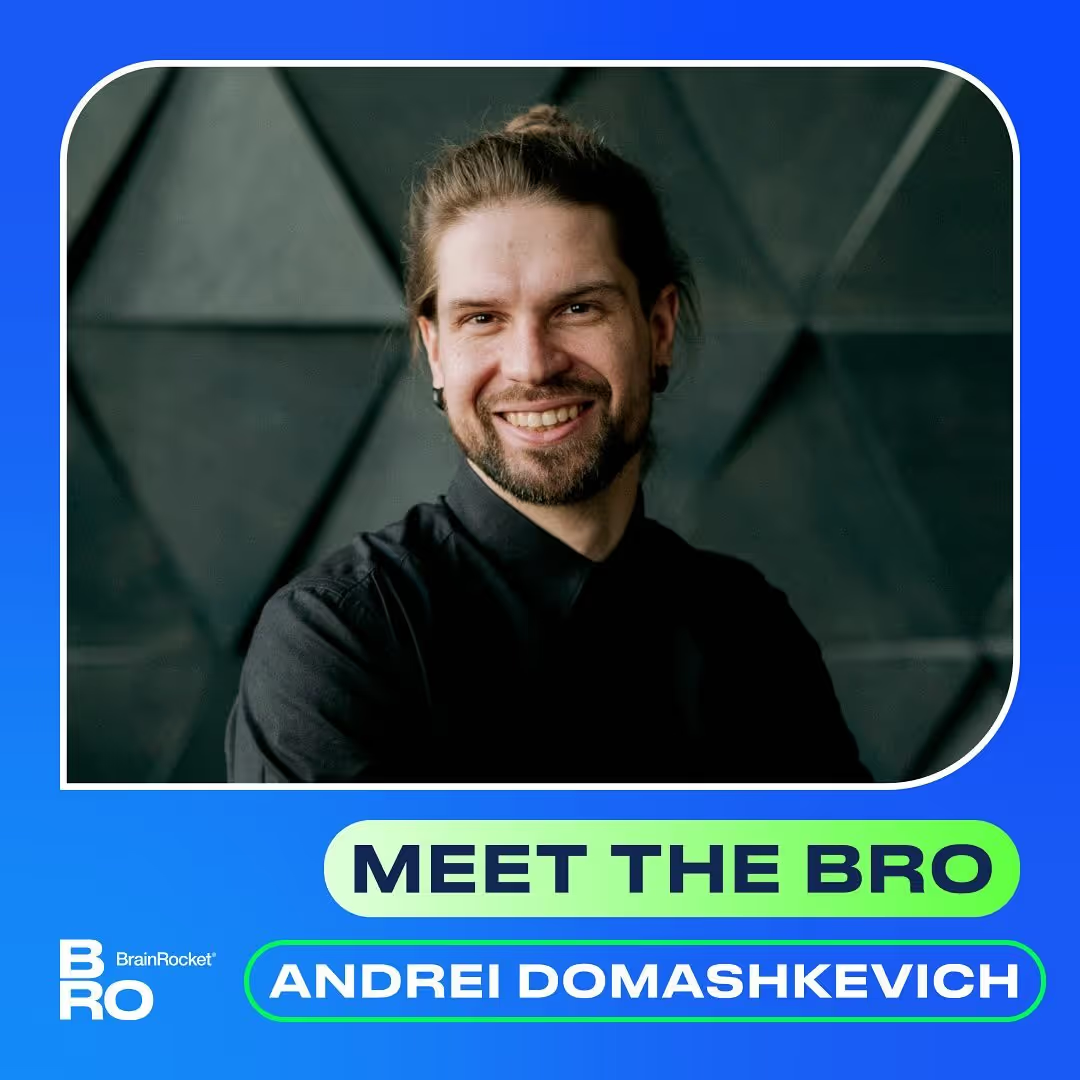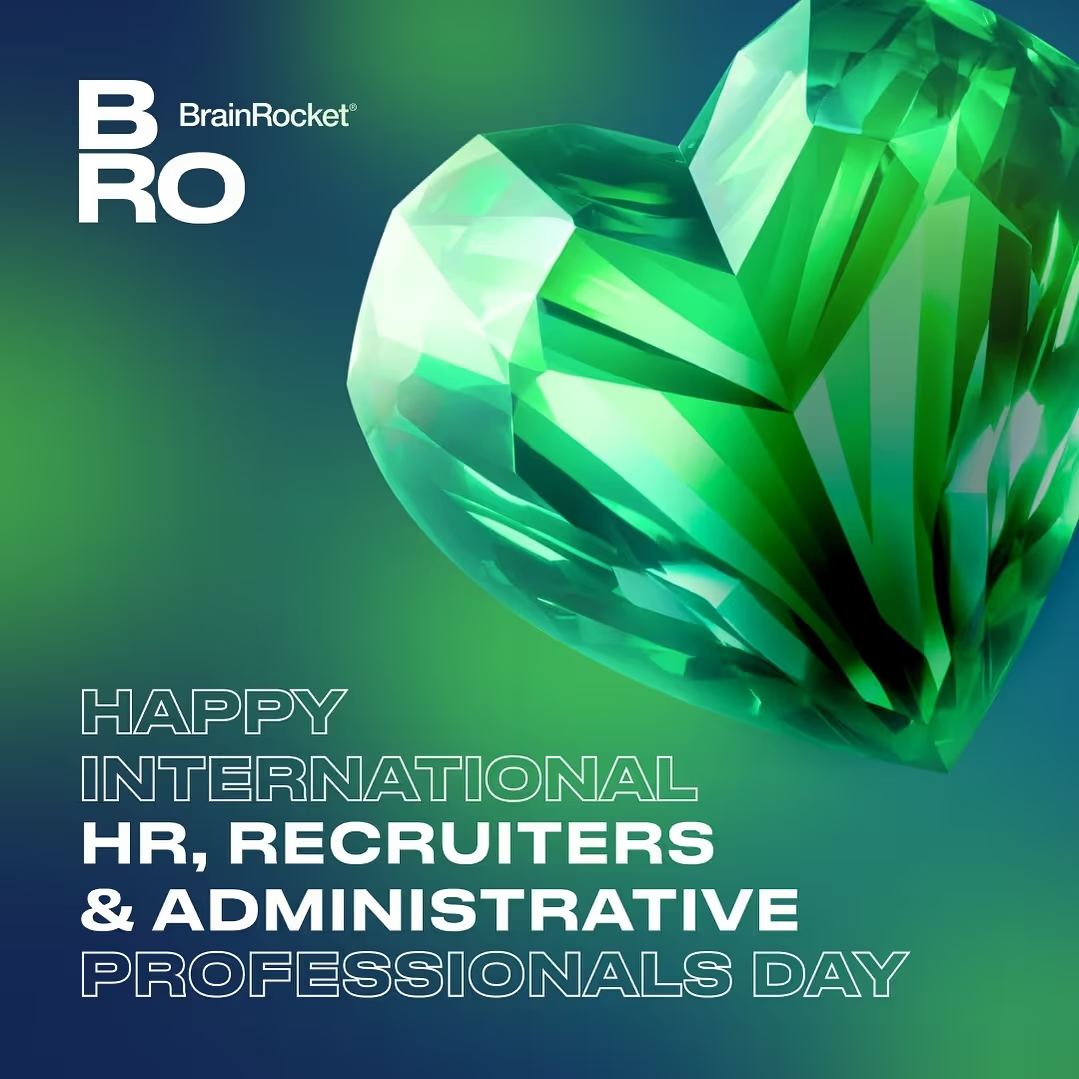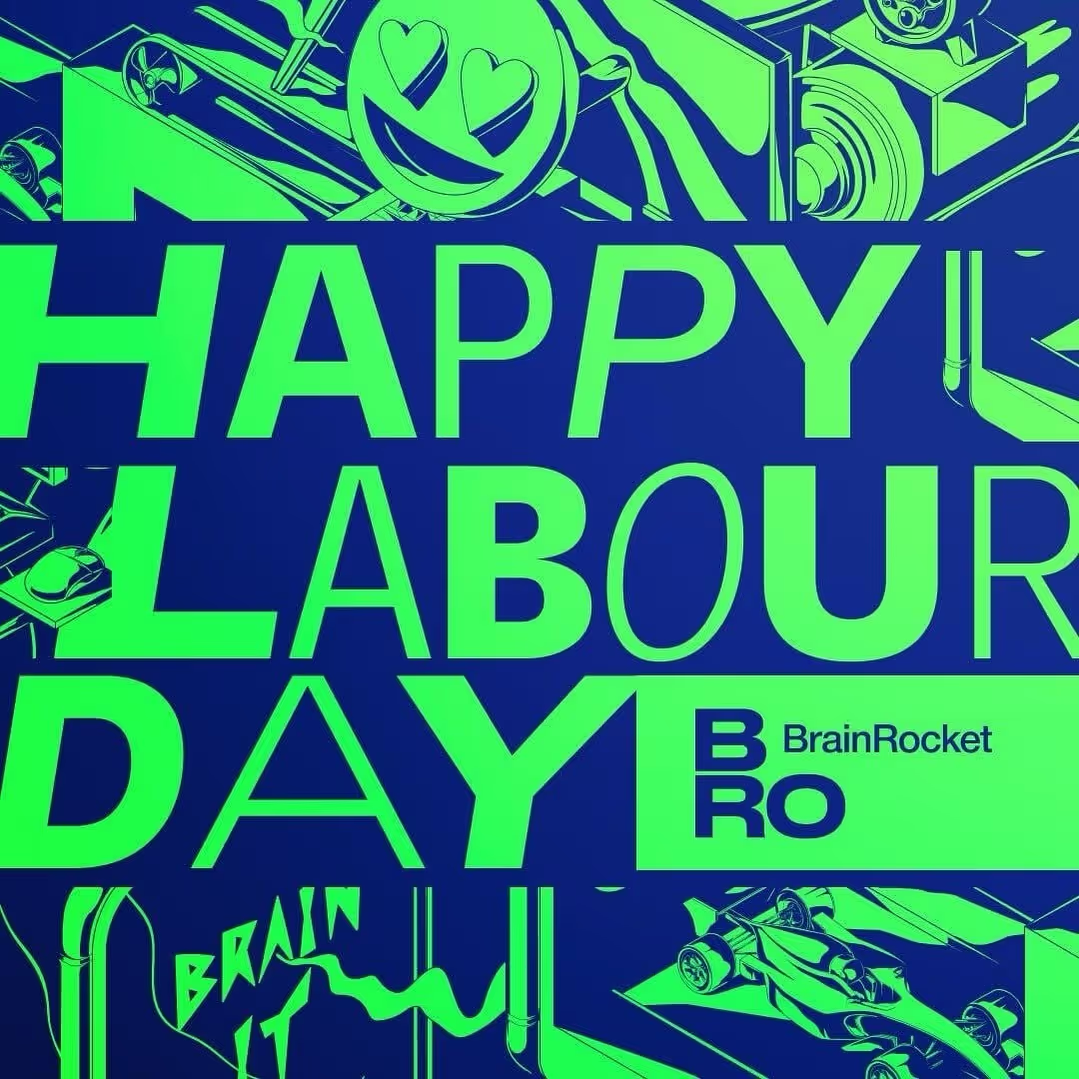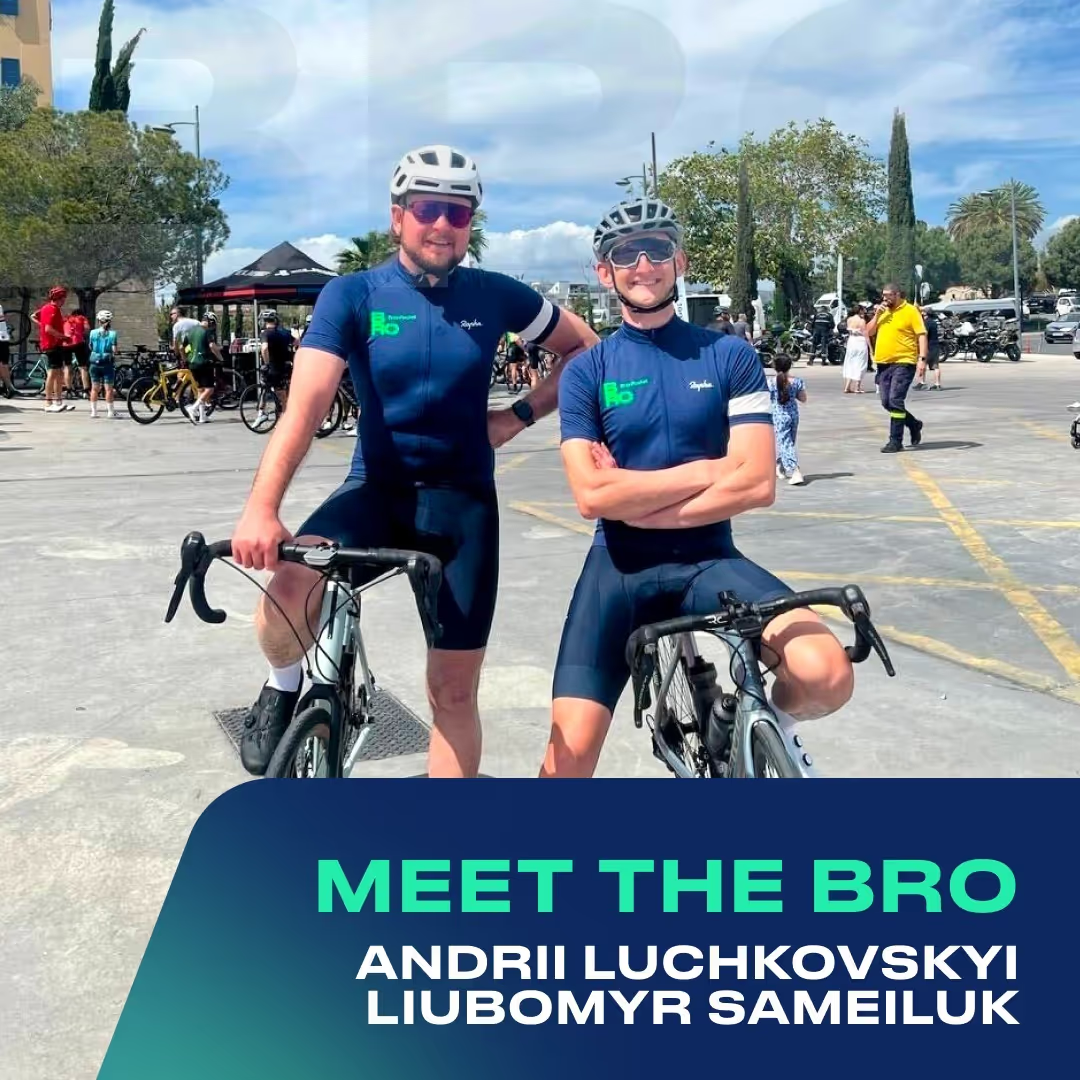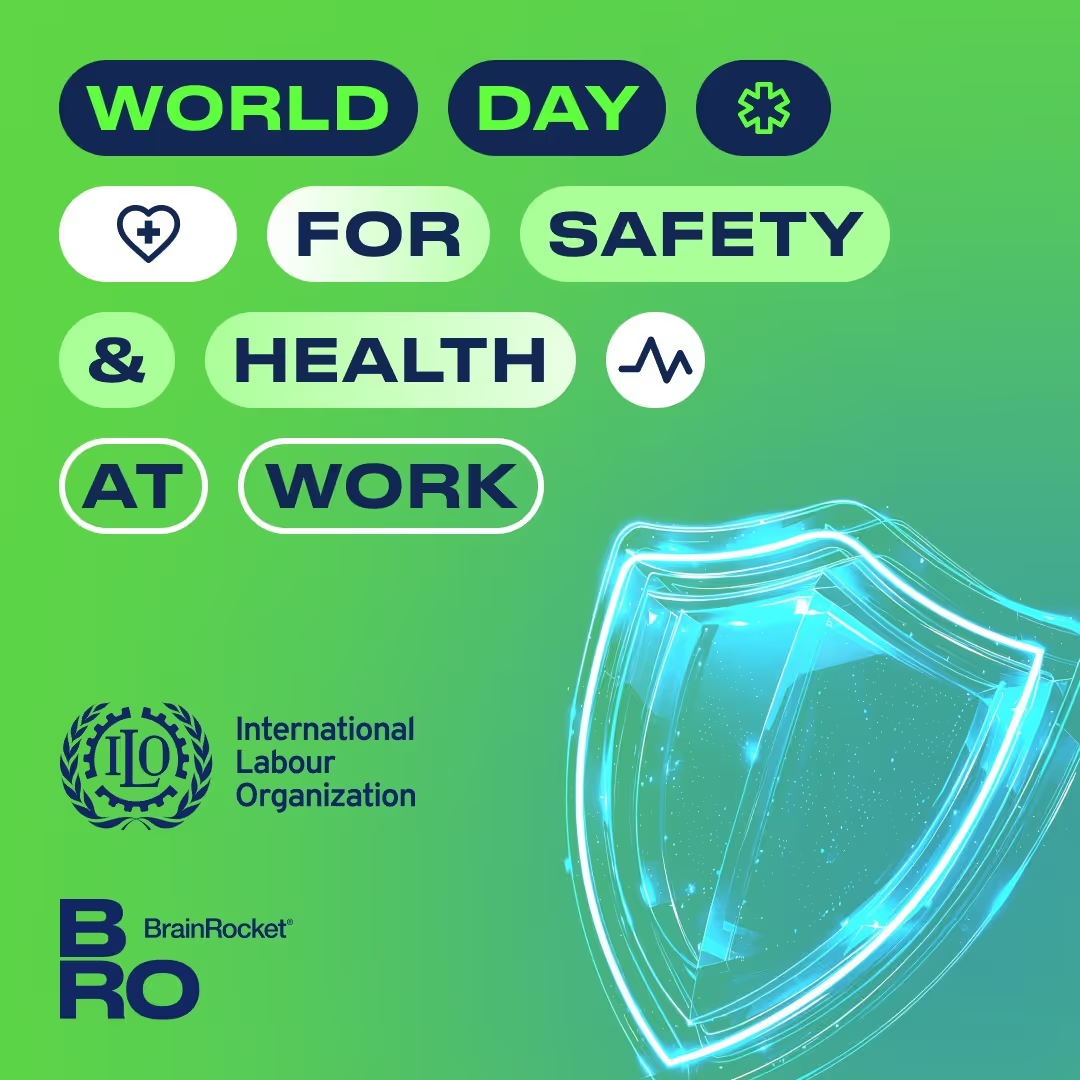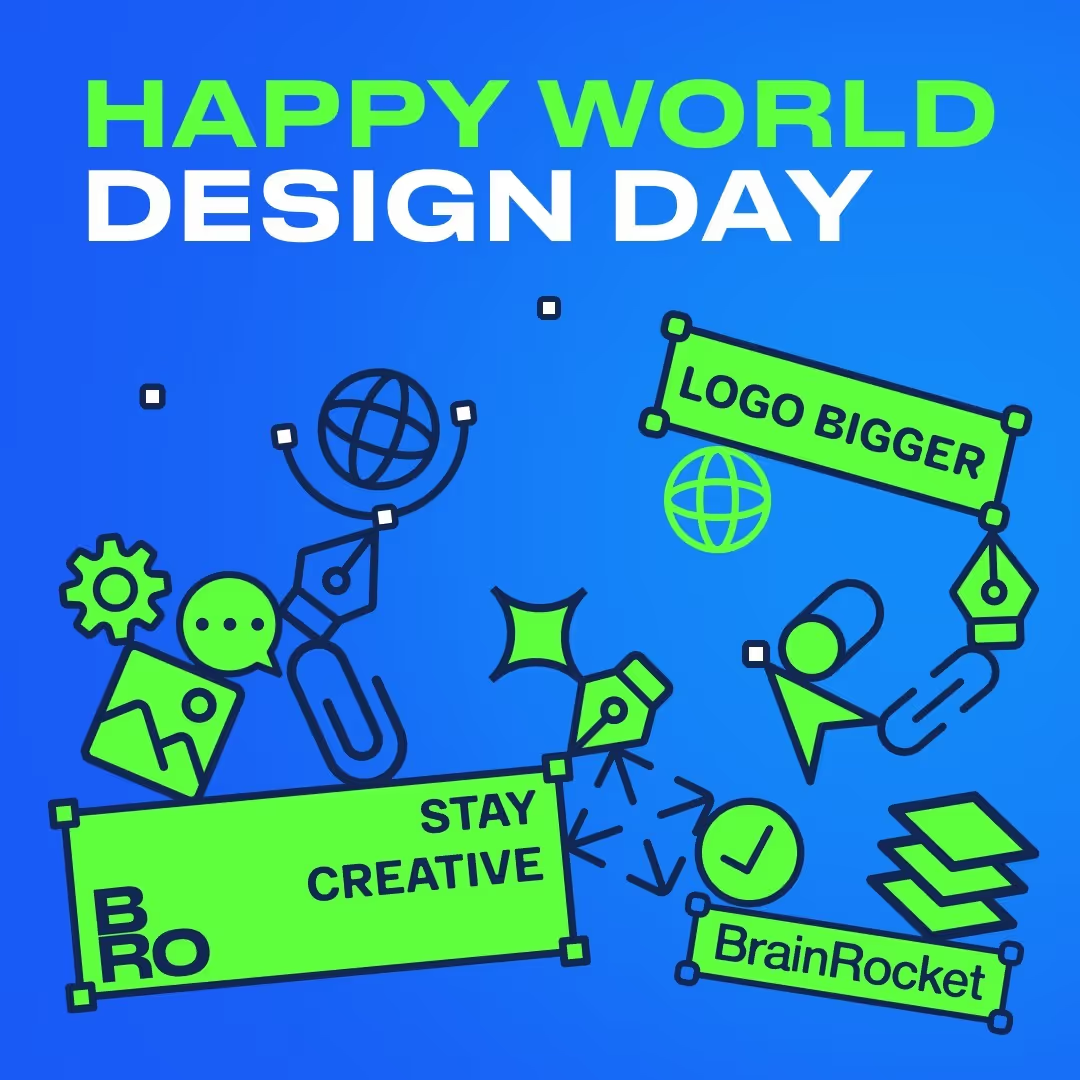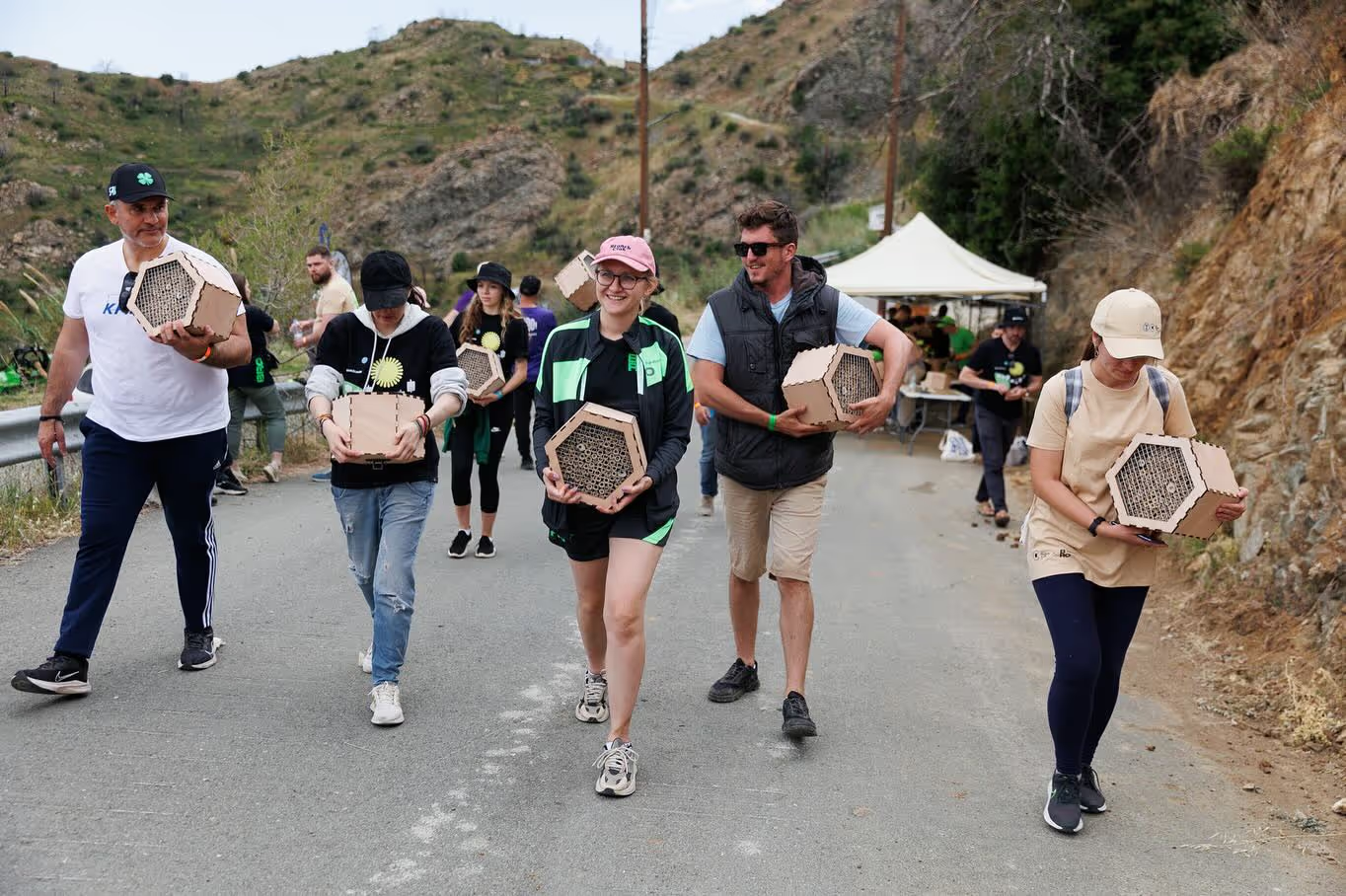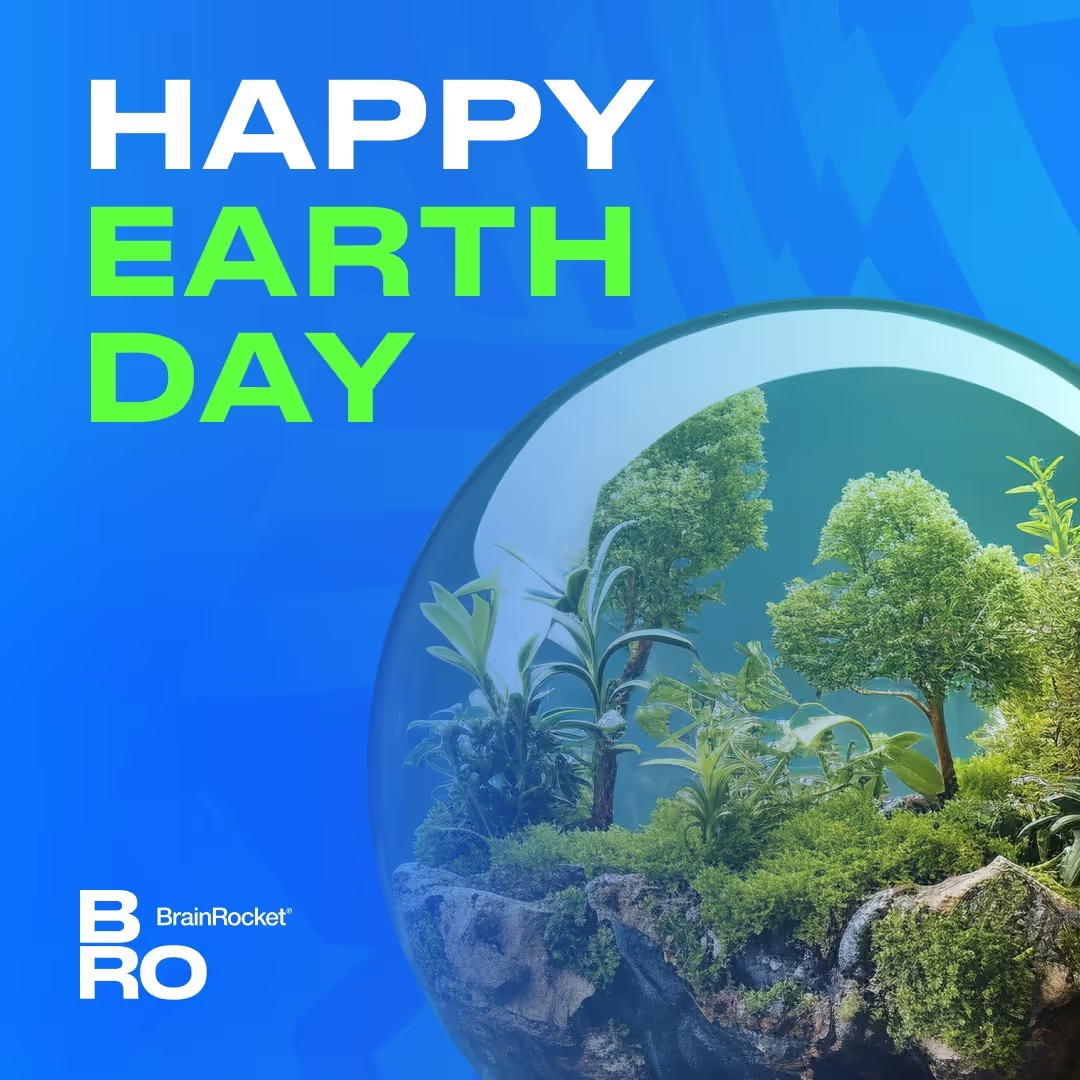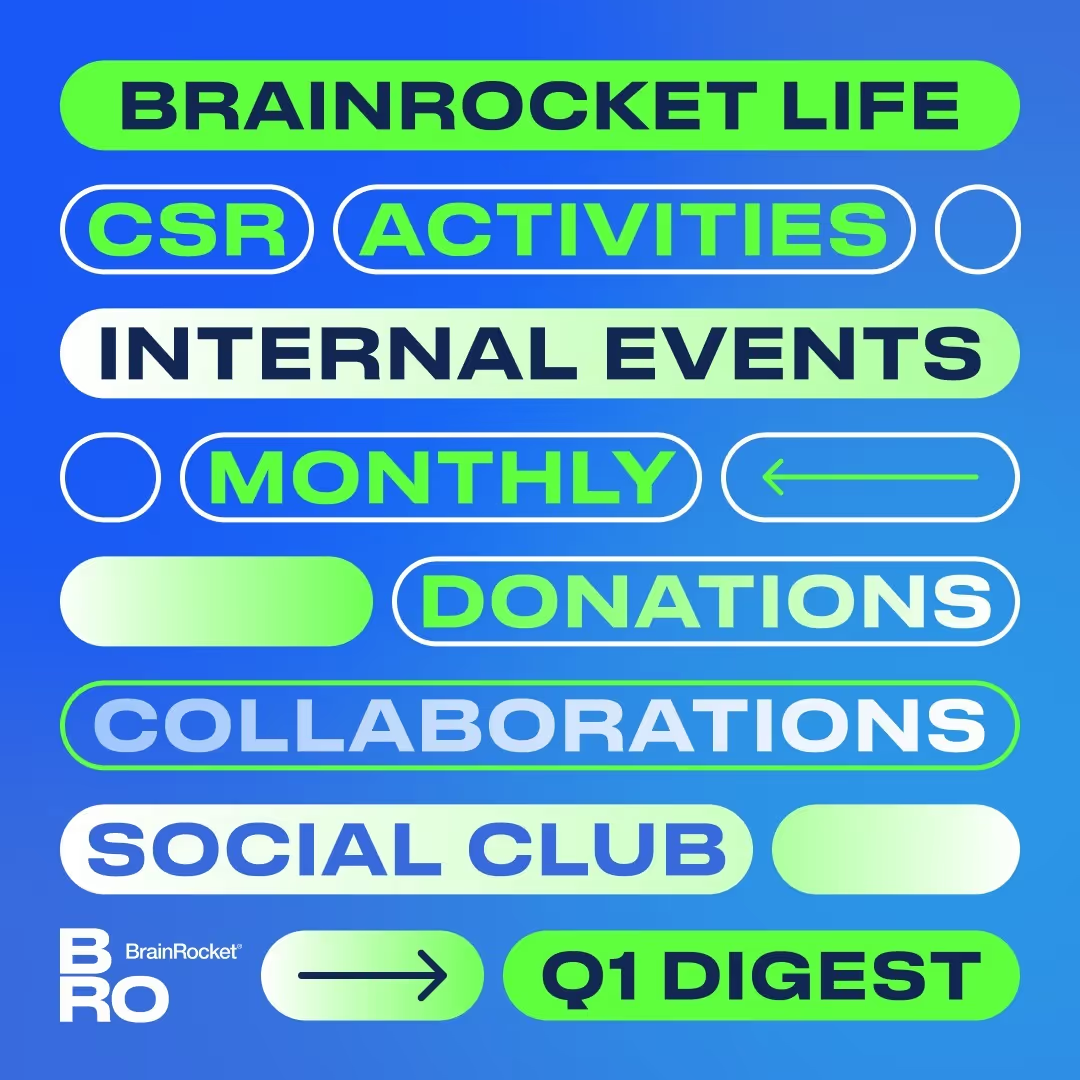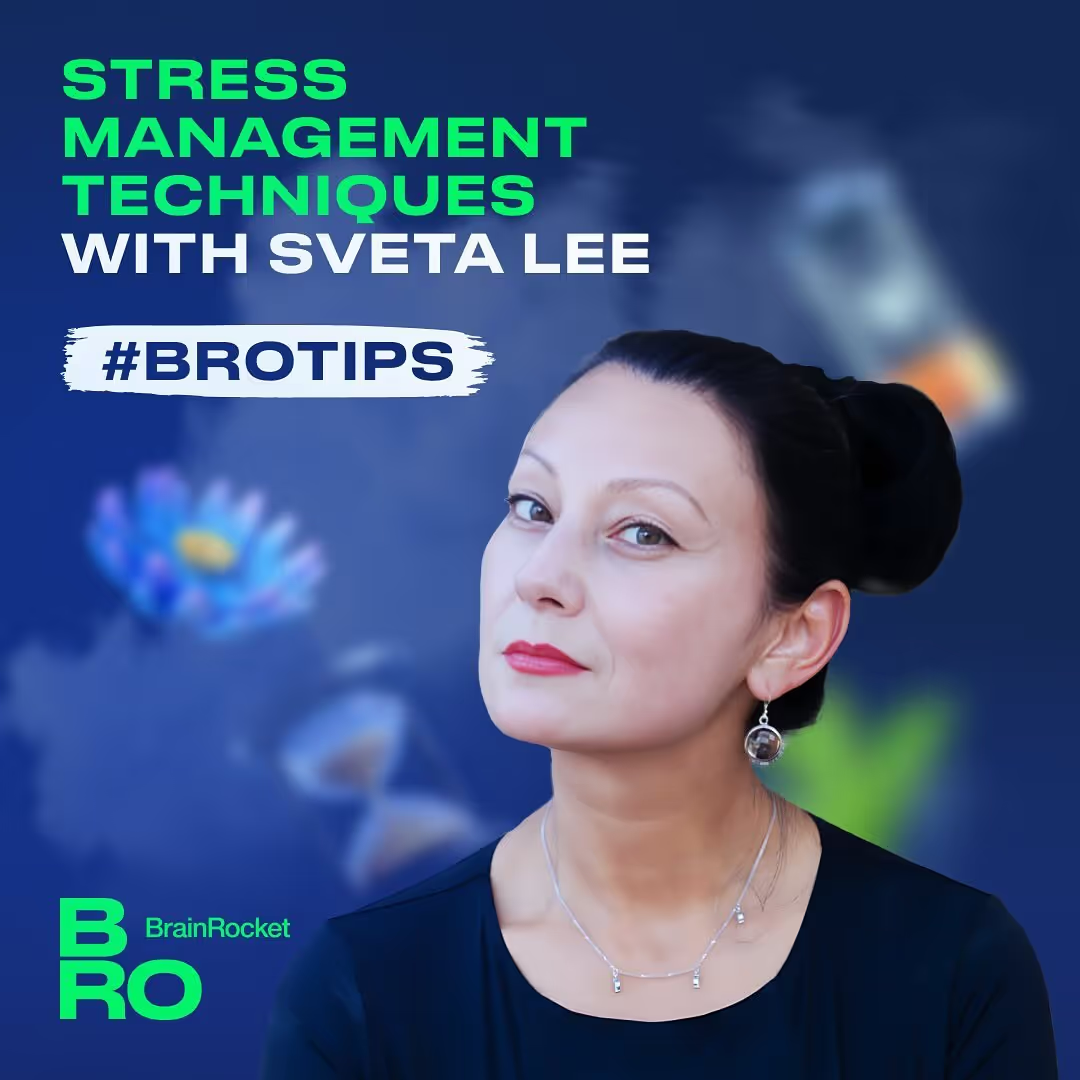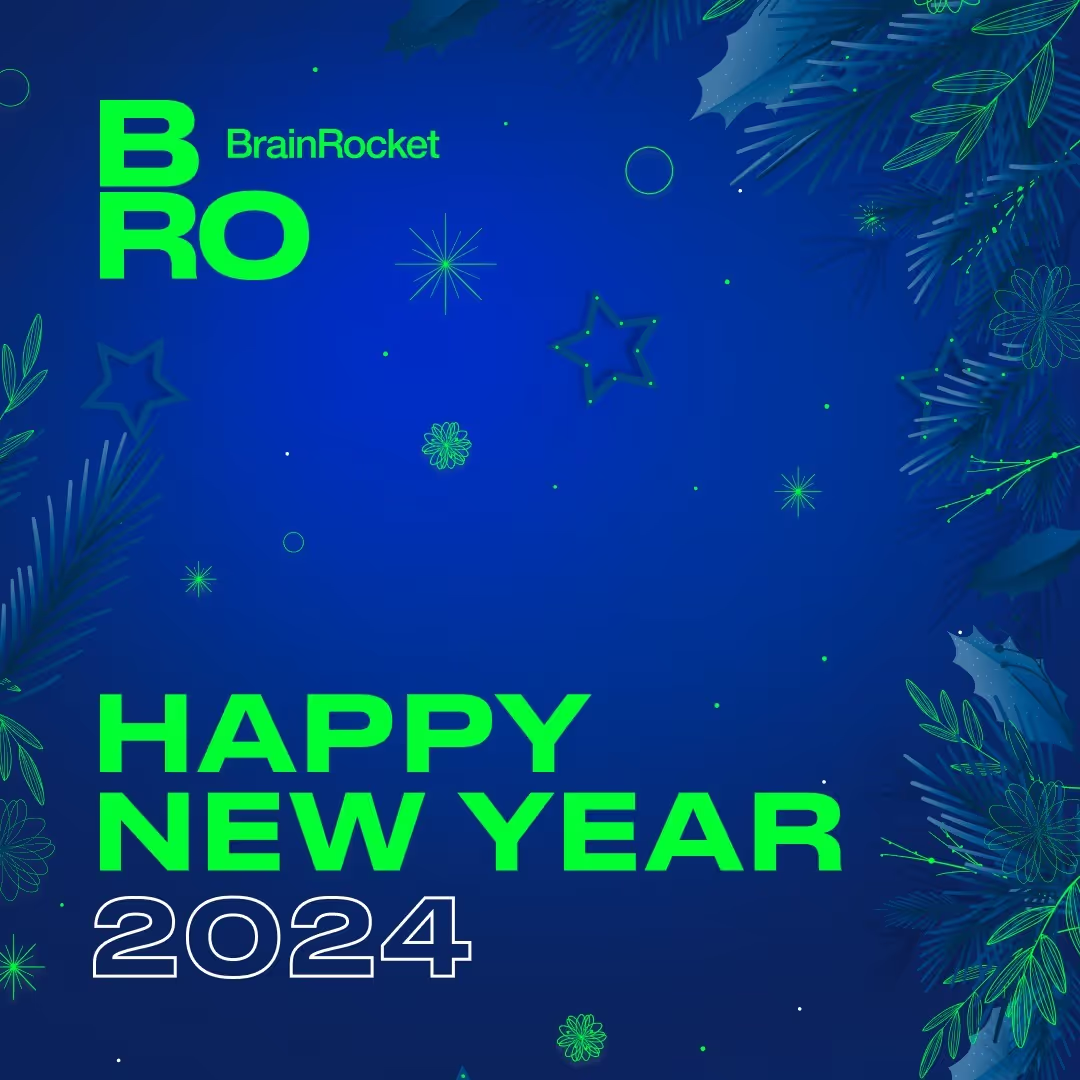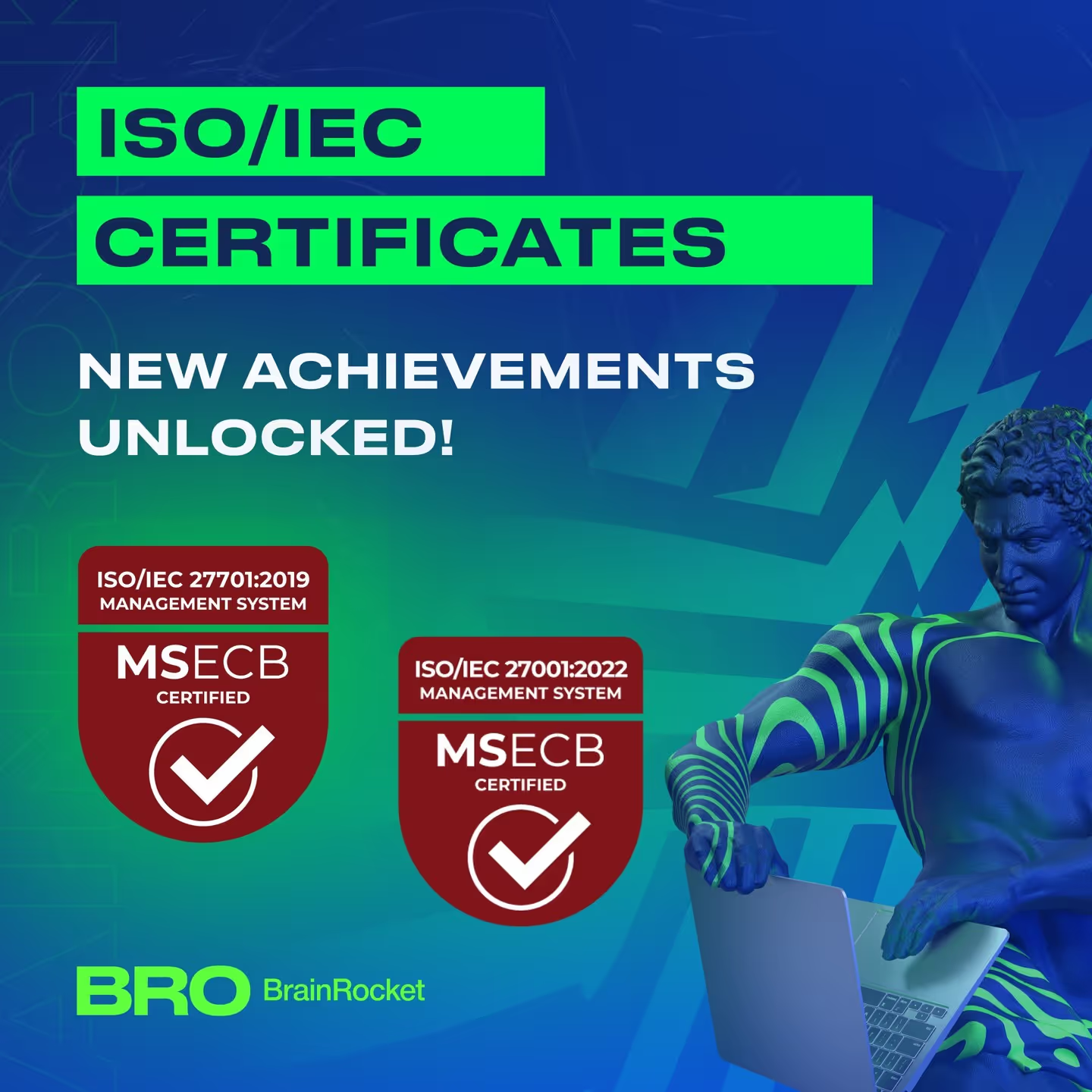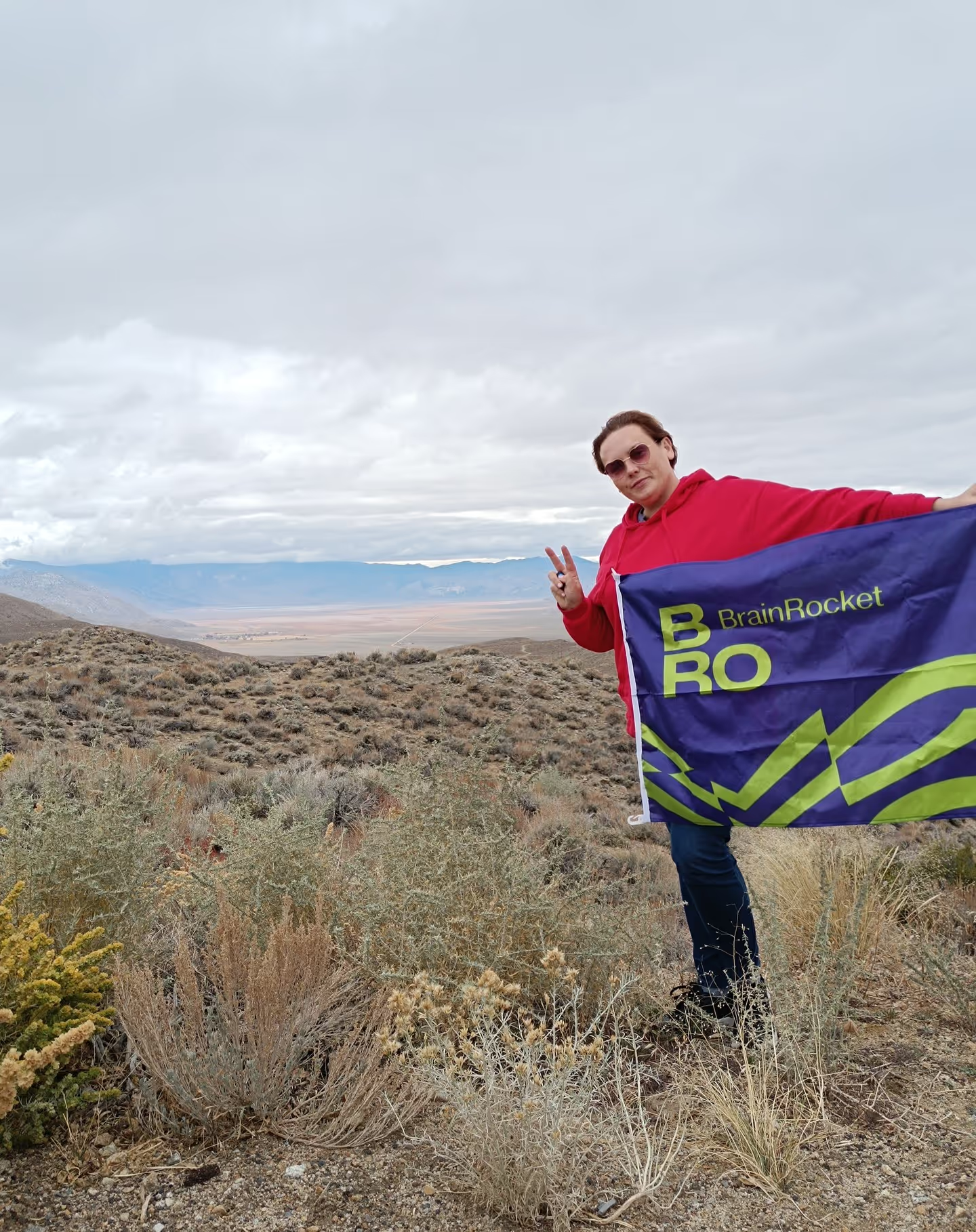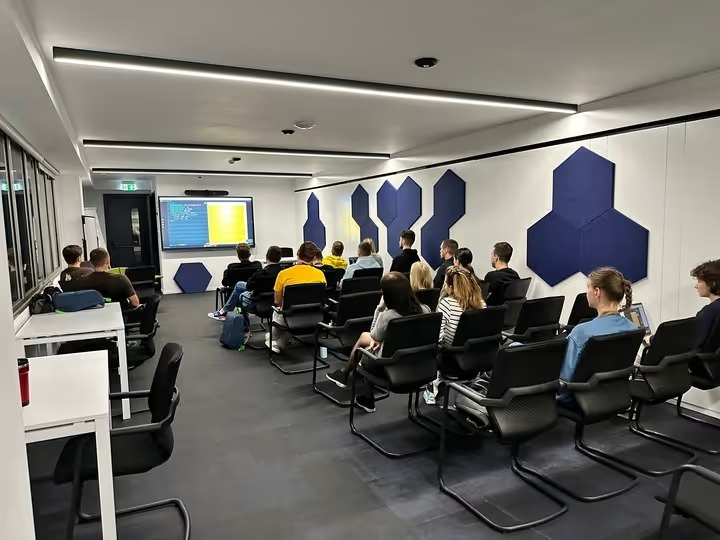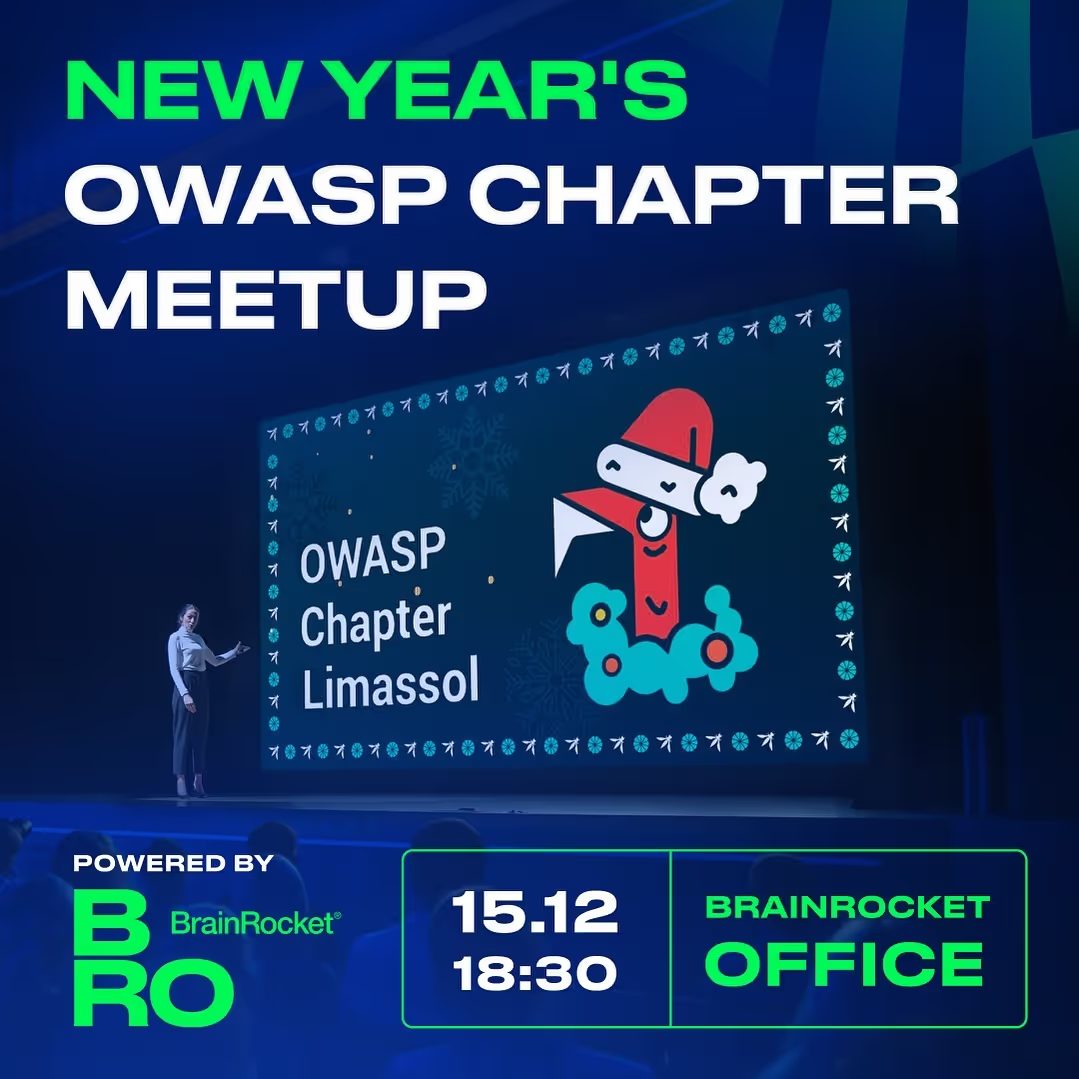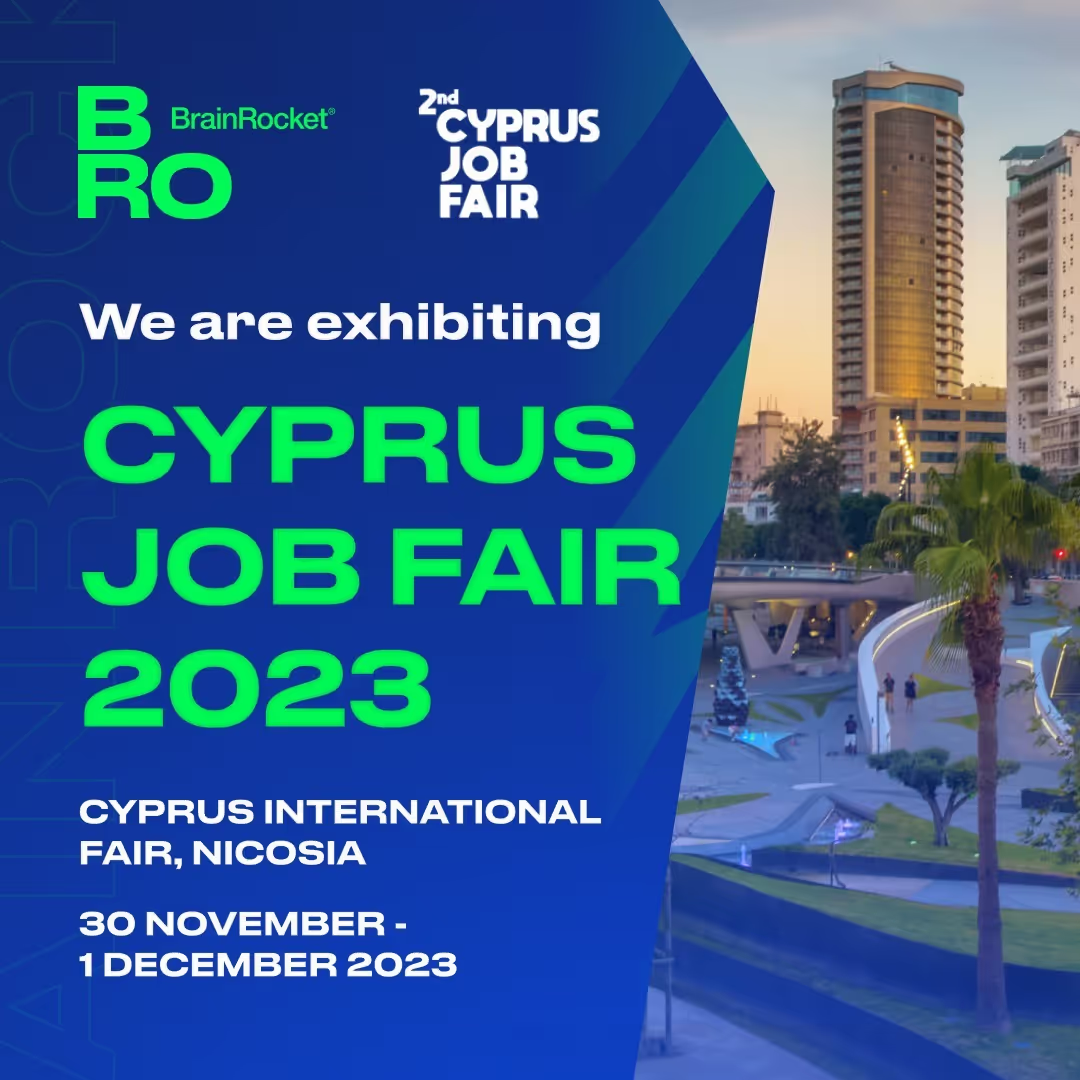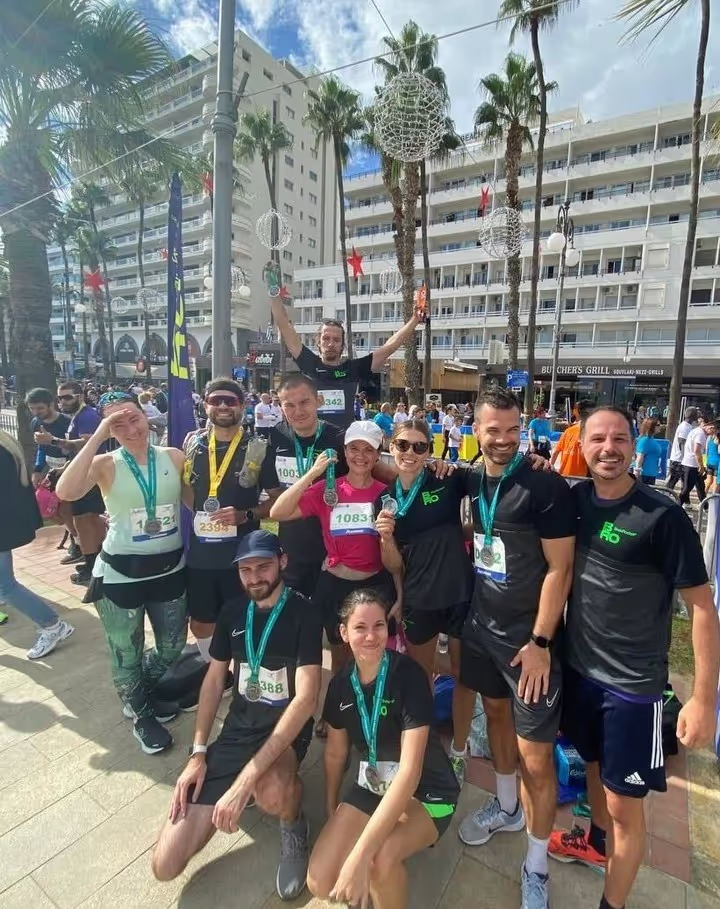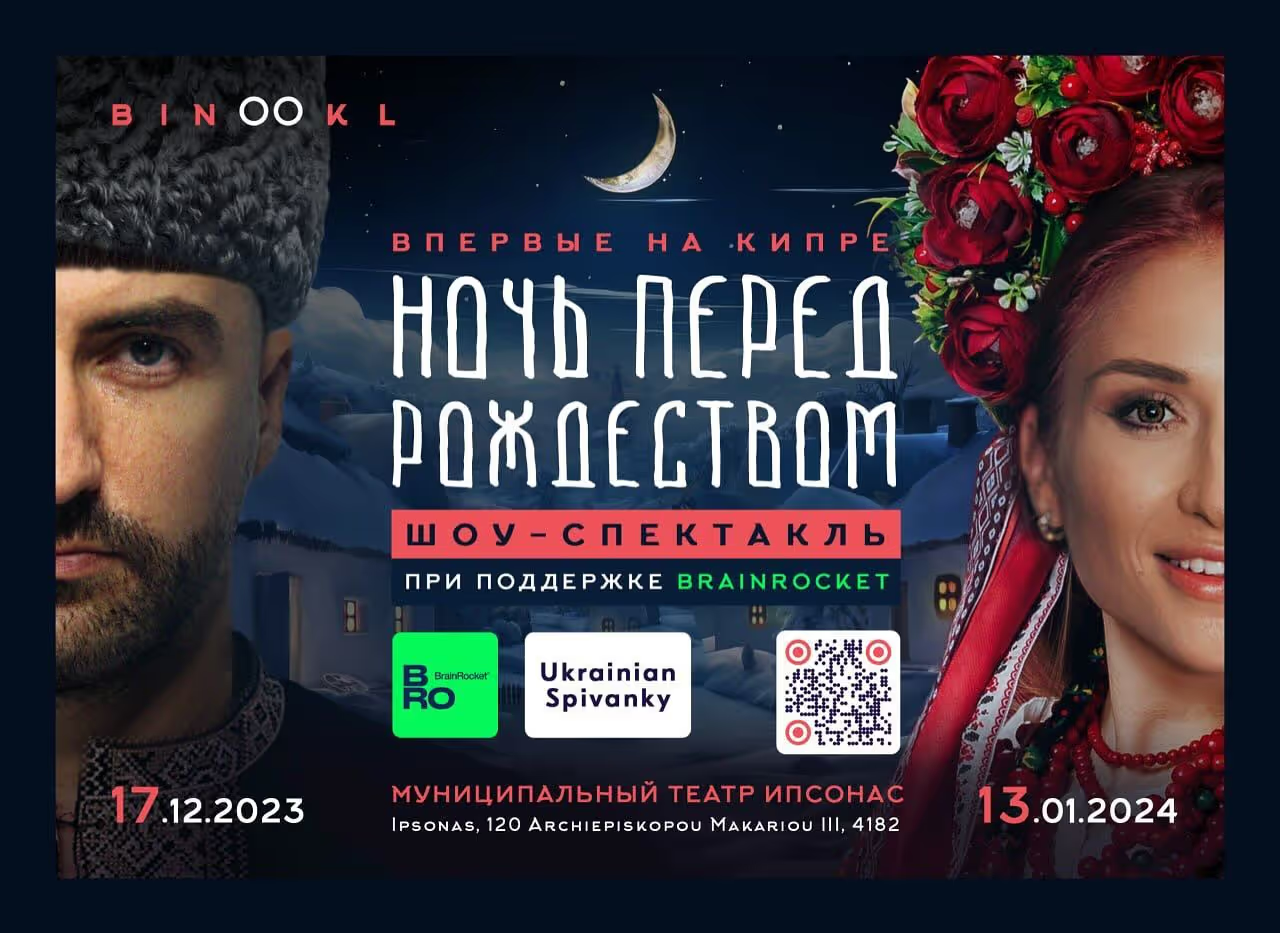Yevhenii Sharavara, Recruitment Team Lead at BrainRocket, has shared his best tips on increasing your chances of getting the job you’ve got your eye on.
Each recruiter goes through at least 75+ CVs a day, and only 40% are selected for the next steps of the hiring process. The most crucial is the fact that sometimes the most skilled candidates can be missed just because of the CV.
Since your resume is the key part of your job application, here are some recommendations on how to get in an outstanding CV.
‘’The formula for the great CV is simple = [Volume + Content + Structure] - and of course, a bit of luck.‘’
Volume
Two A4 pages are quite enough to describe yourself, your skills and experience, and make the company interested. Experience shows that the best hires in the Senior and Top management positions go to candidates with a concise CV, as these people manage to summarize all their accomplishments in two pages.
Fundamental sense
“Lies run sprints, but the truth runs marathons.”
Express and describe what you did and what you have achieved. Talk about how your experience can benefit the company.
Be the manager of your resume
Nothing speaks better about a manager than the projects they lead. Every little thing is essential - your team, your workflow, the mistakes you made, and the lessons you learned. And the most important - how did you make it happen, how did you deliver?
Don’t forget your portfolio
If you are a web designer, then a portfolio will always be your key to an interview. Many people neglect these, and they end up sending only the resume with information such as where and how long they worked, what programs they used, the English level, other similar details. But the portfolio is missing. Results are always better than words. So make sure you don’t forget to attach the portfolio.
What about developers?
We have internal statistics. The best developers are usually quite structured in the way they think and present information. So their CVs were very well organized in short summaries: languages, frameworks, databases with shared experience in the specifics of each technology/language. Depending on the role, the “what” and ‘’ for what” of the technologies used were identified. Then, a brief description of the projects and a few links to private archives to check the sample of code. I guess you already see why this is a win-win situation.
Structure
Your CV is your product. Make sure it is clear for others.
The form should include:
1) Contact information, messaging apps, and social networks.
2) Portfolio or links to archives (make sure links are clickable)
3) Places of work and positions or projects in chronology (do not forget to describe each)
4) Cover letters - especially for those who do not have experience.
When it comes to design, it is your field of creativity that will help you distinguish yourself from the crowd. Viva La Pixel!
Conclusion
To land a good job, you need to be a reliable, sincere, and charming person. Simple things, such as mutual respect, professionalism, and competence will always help you to succeed in any field.












